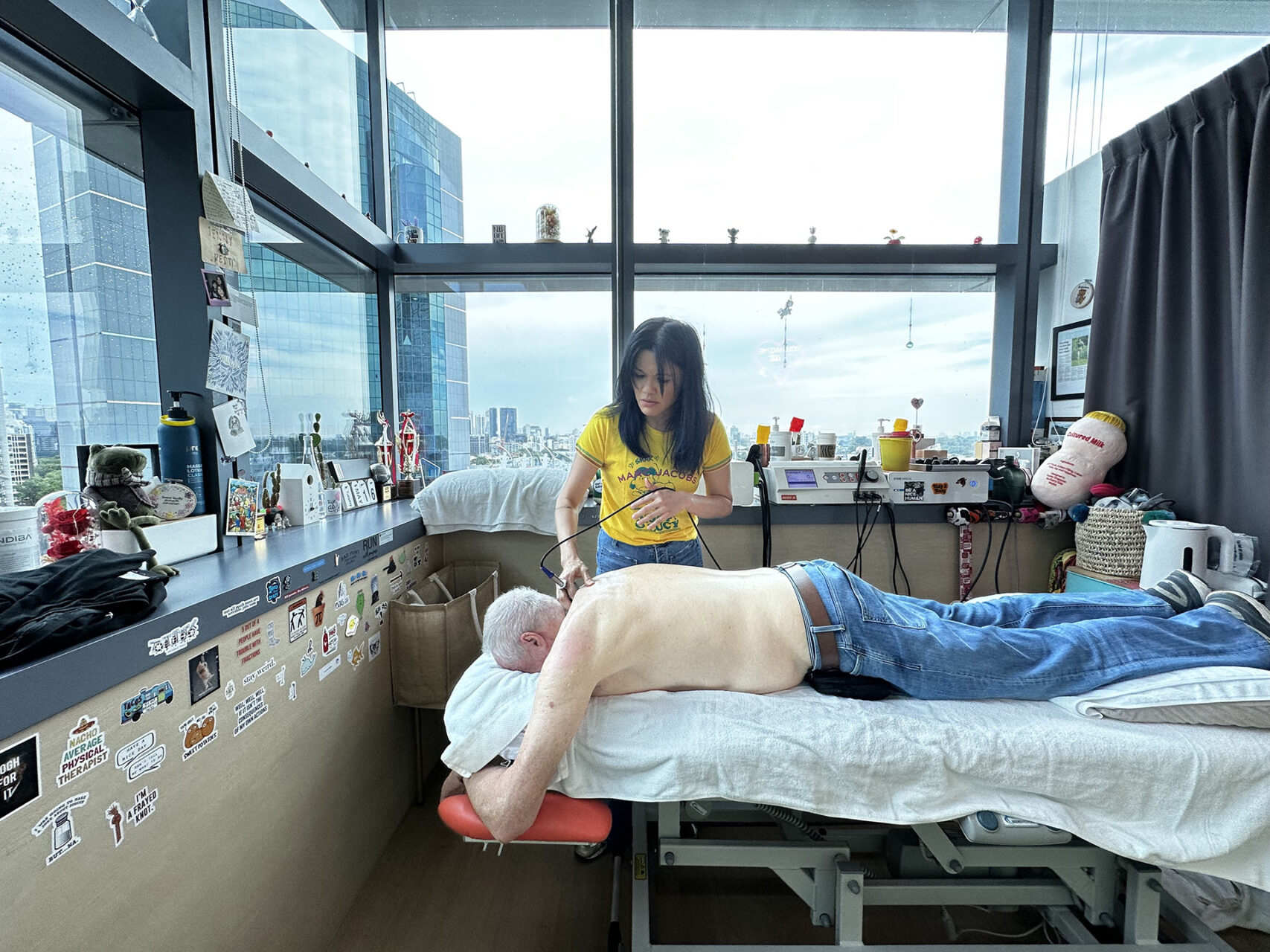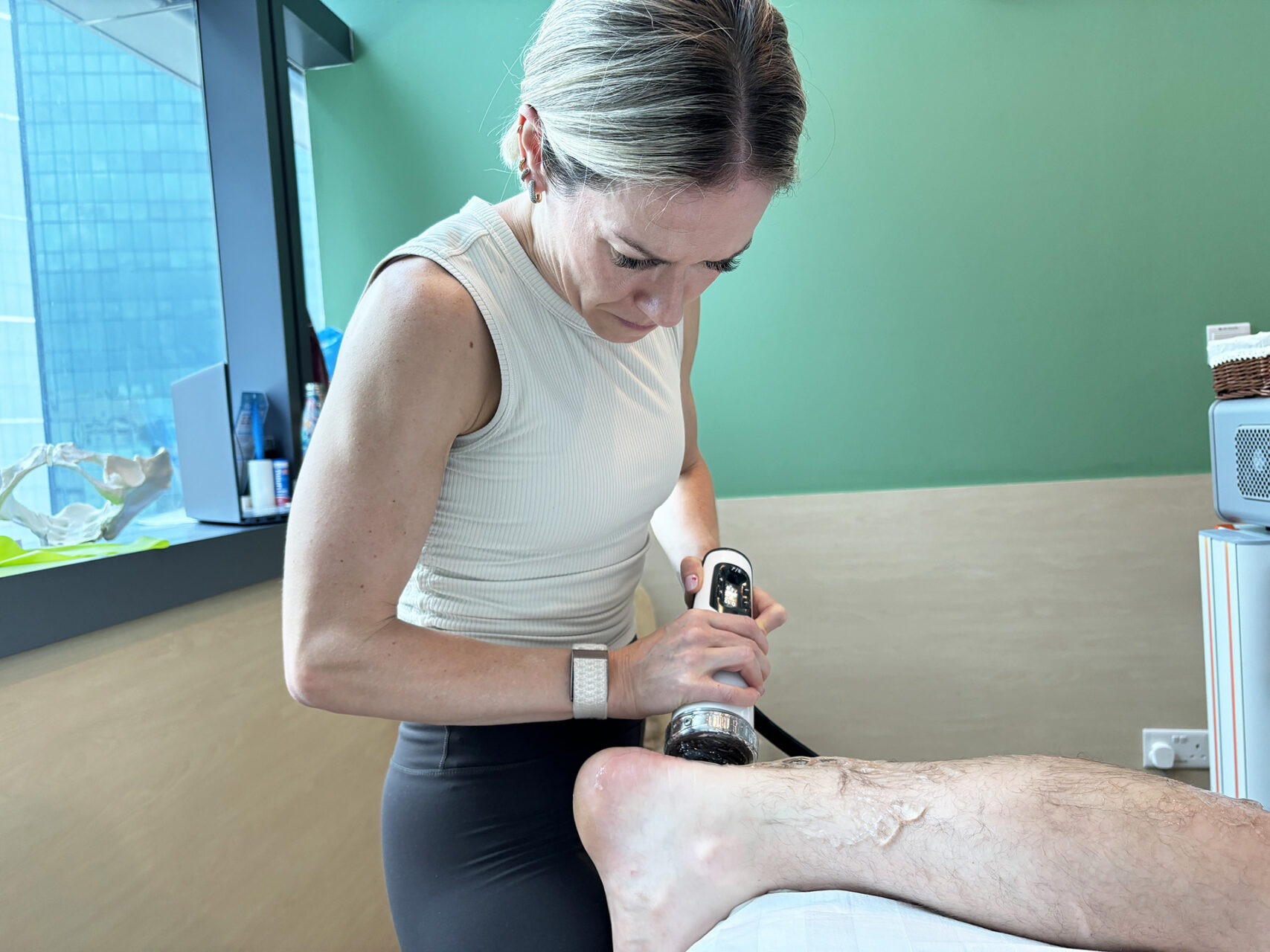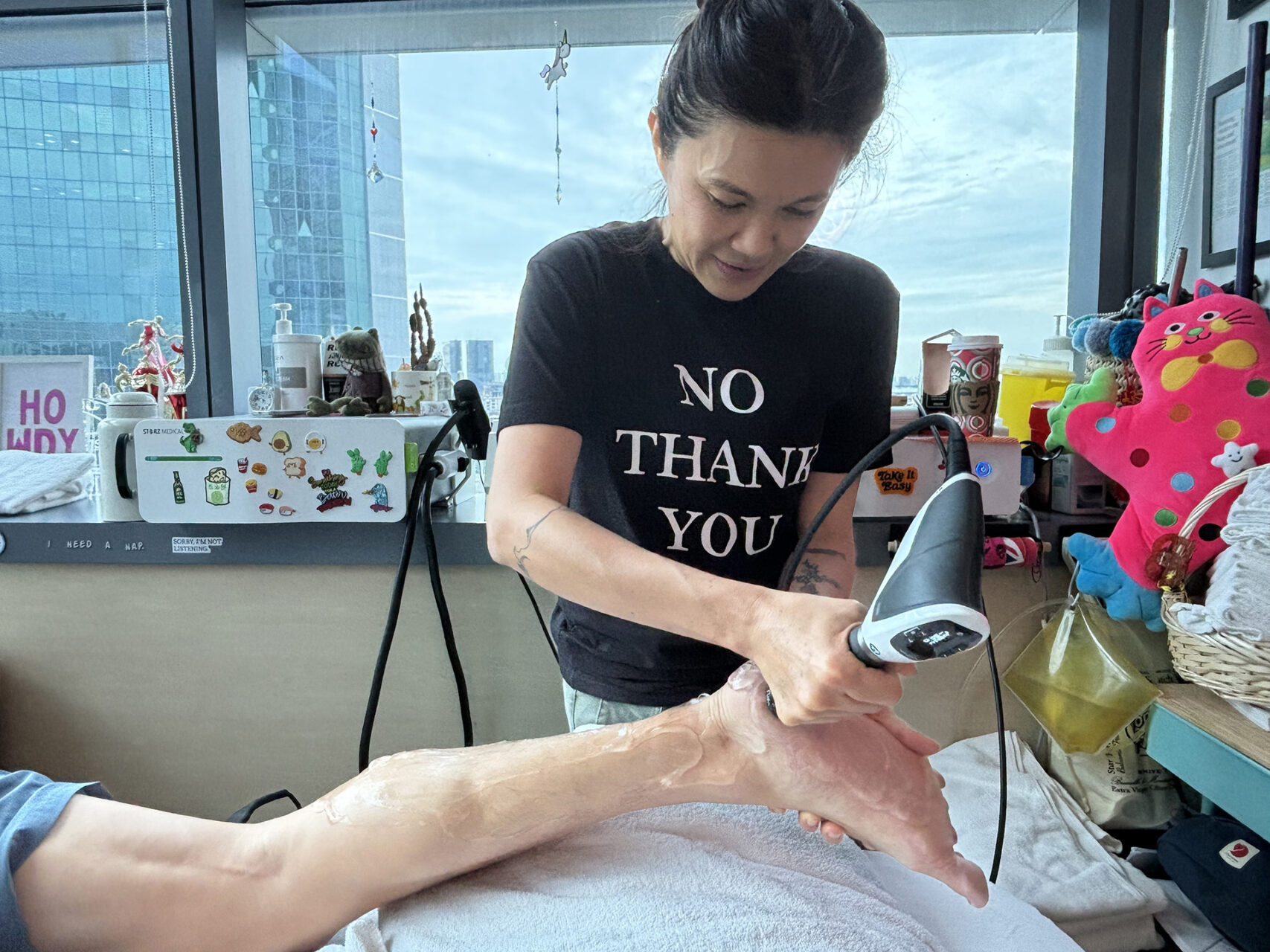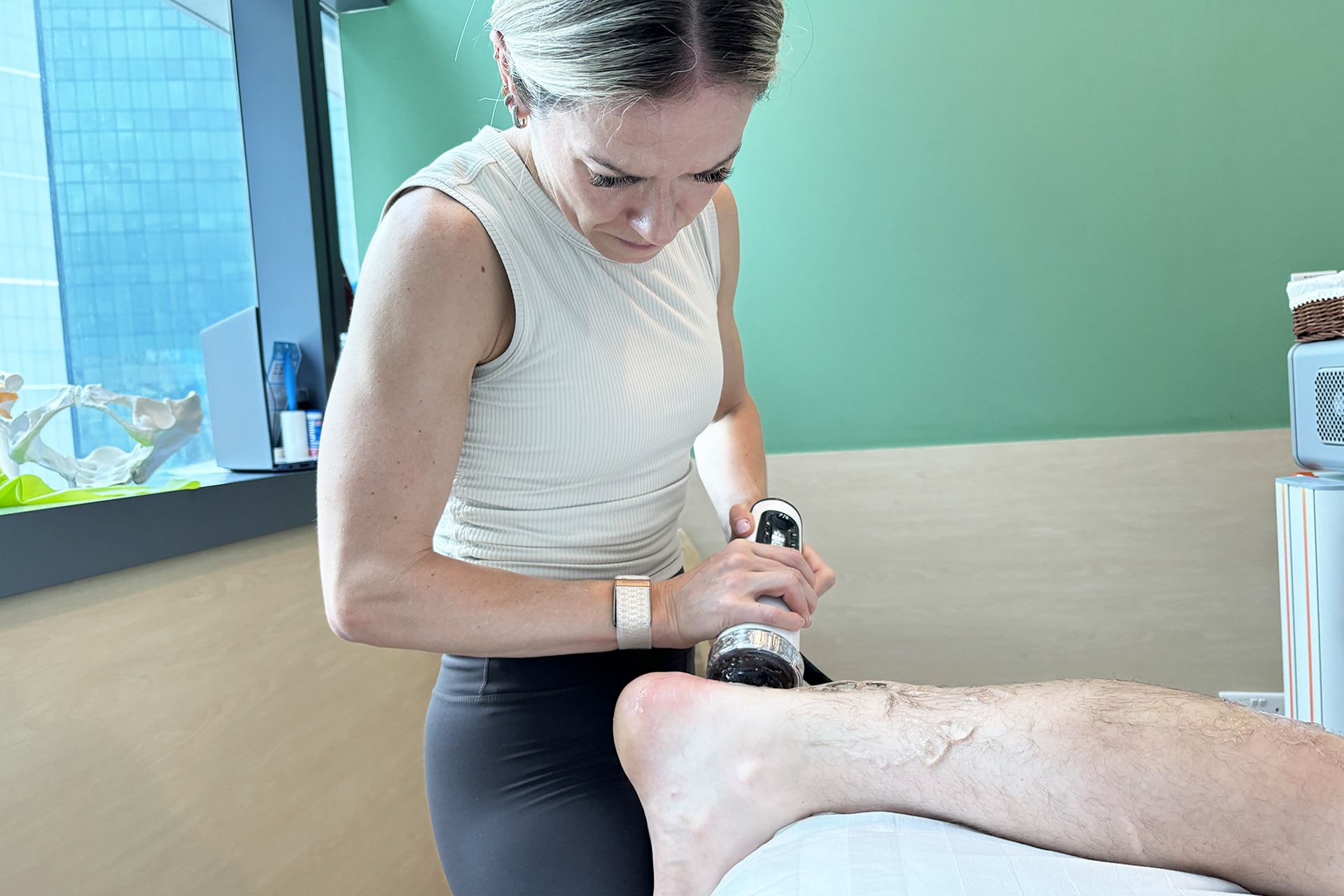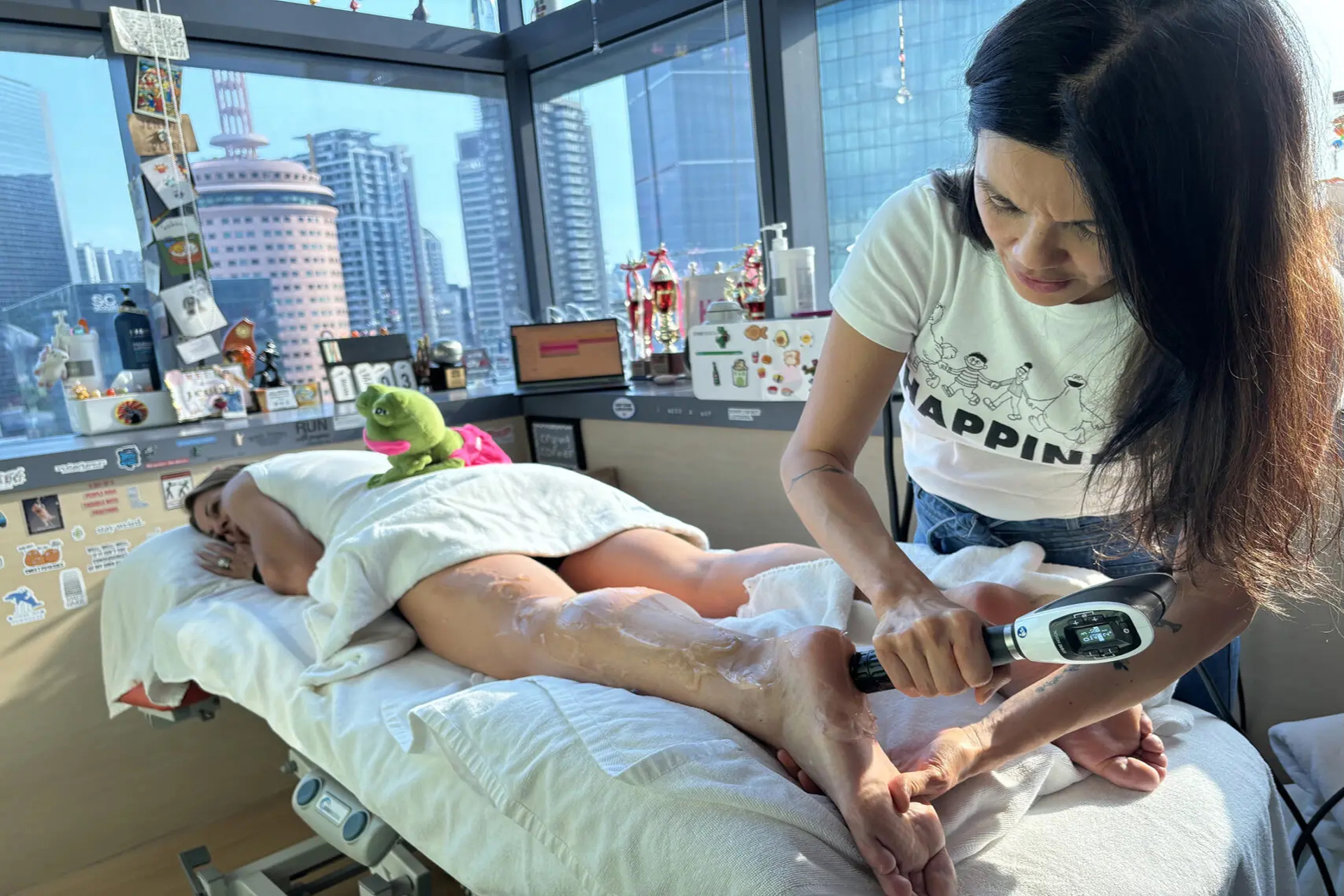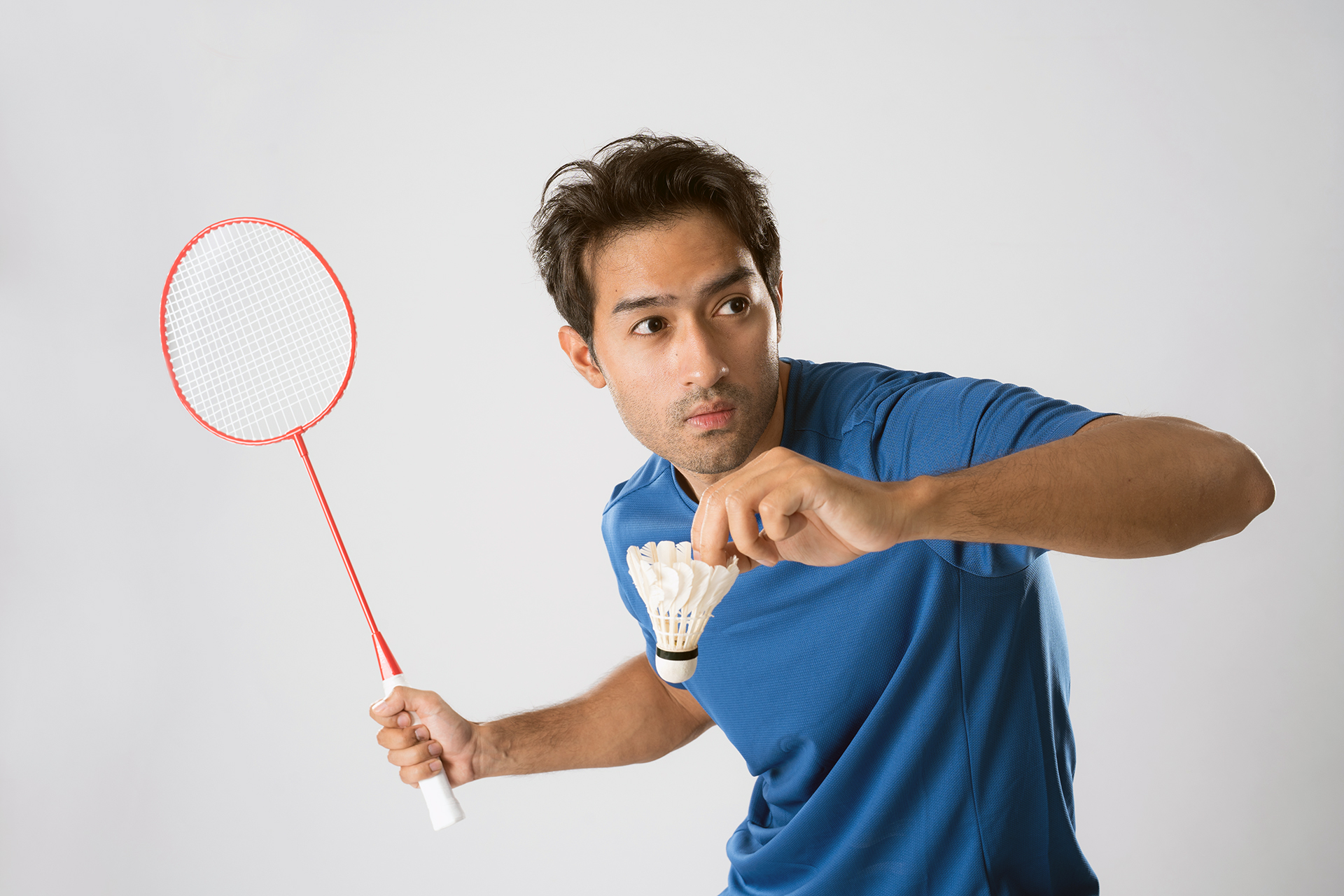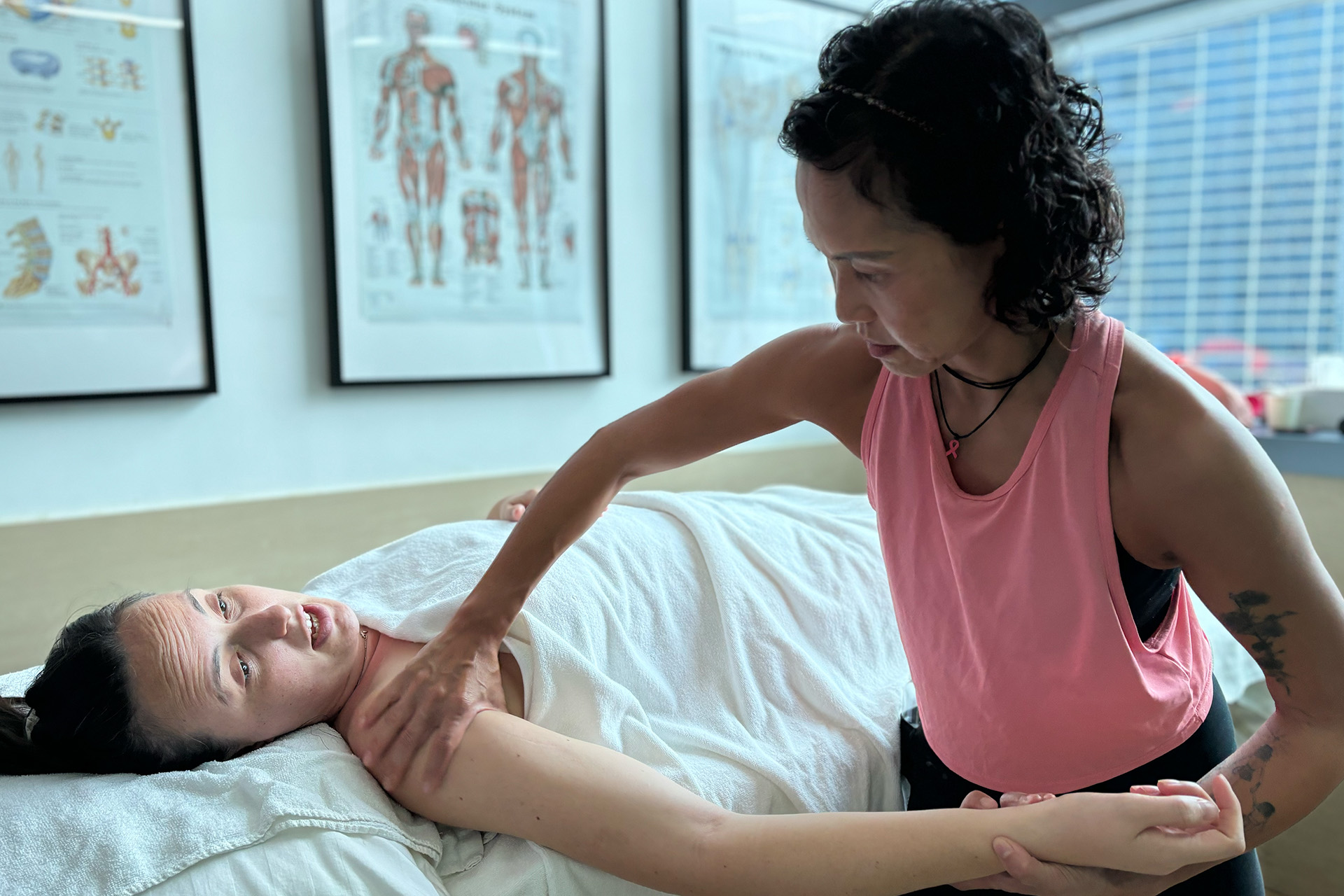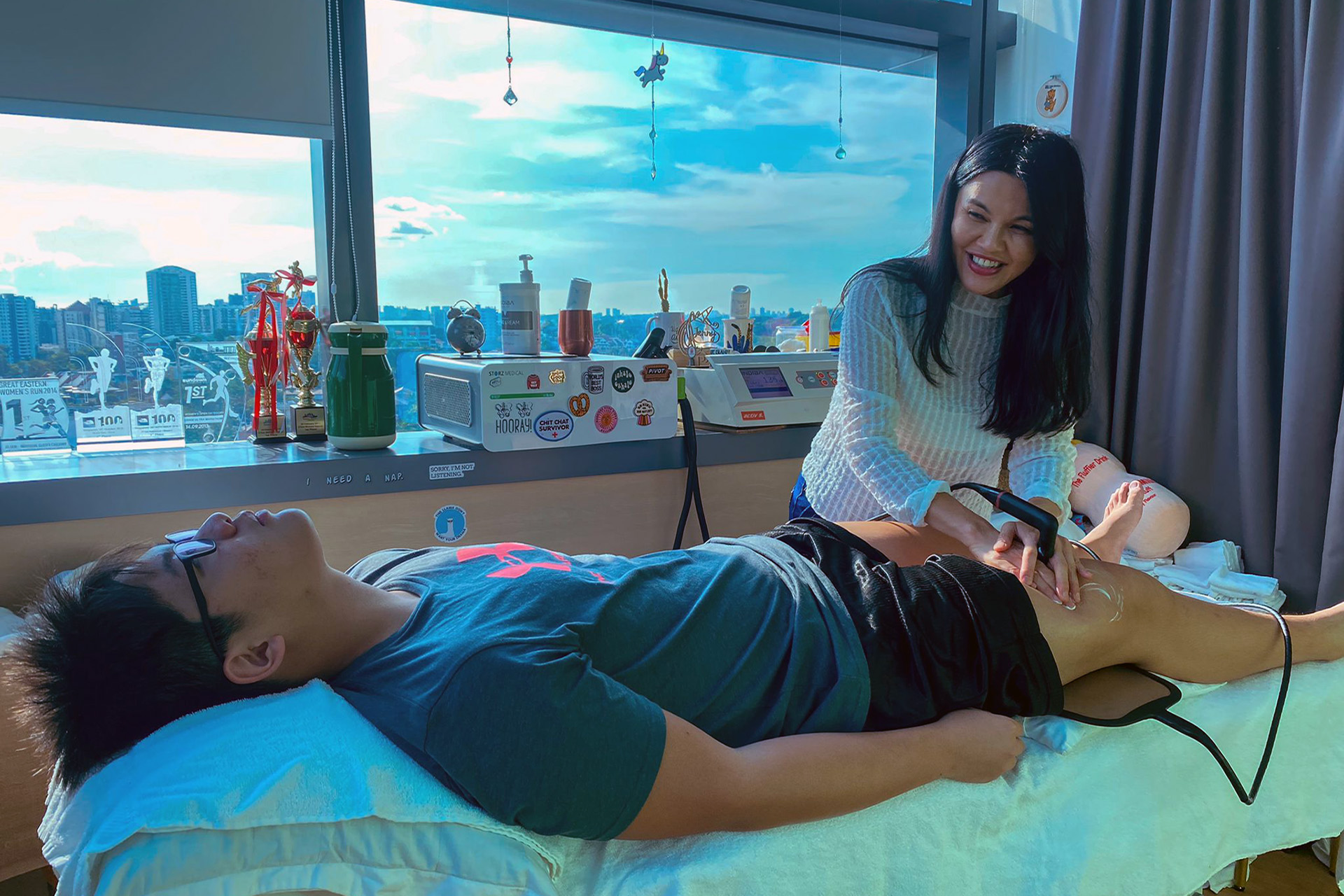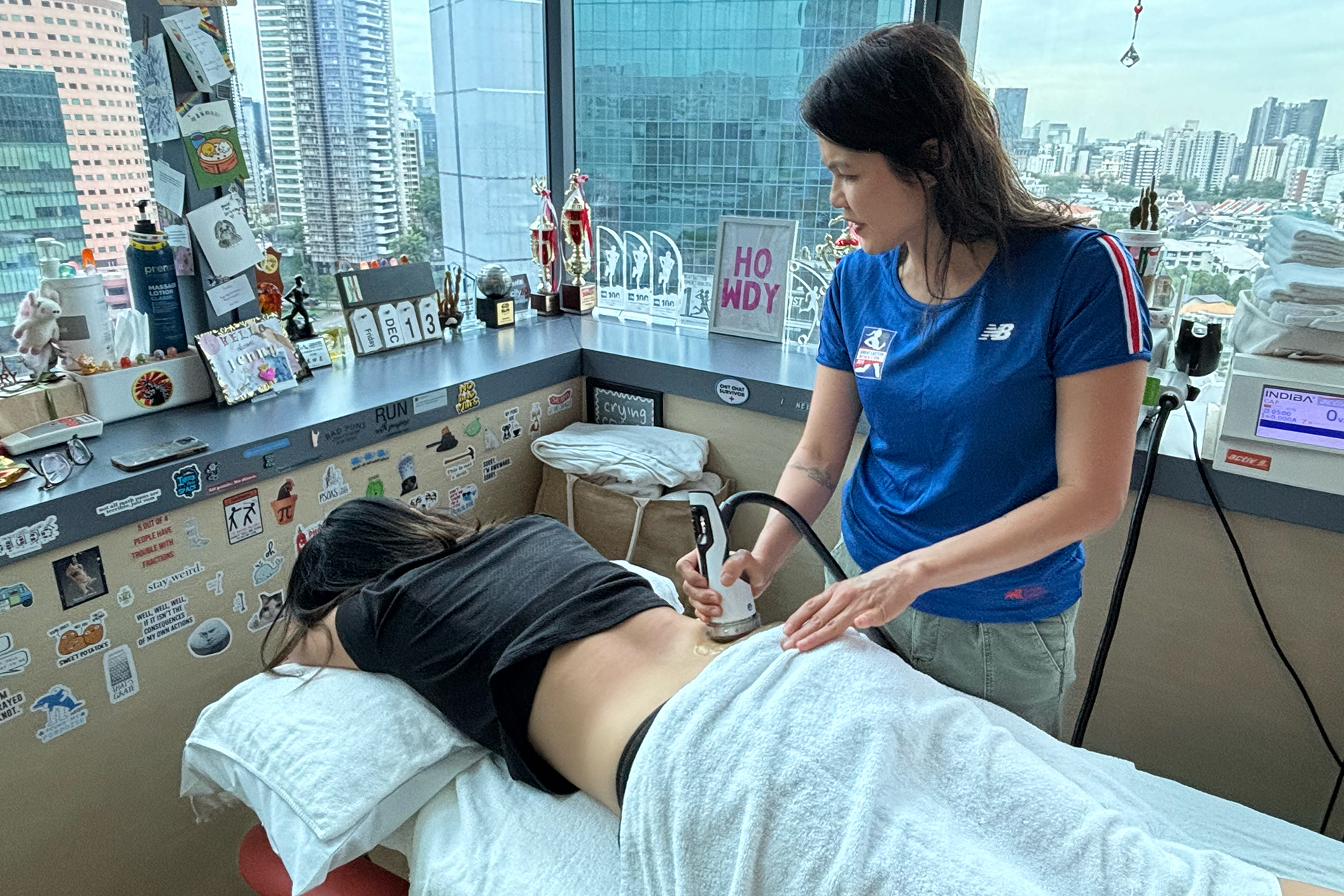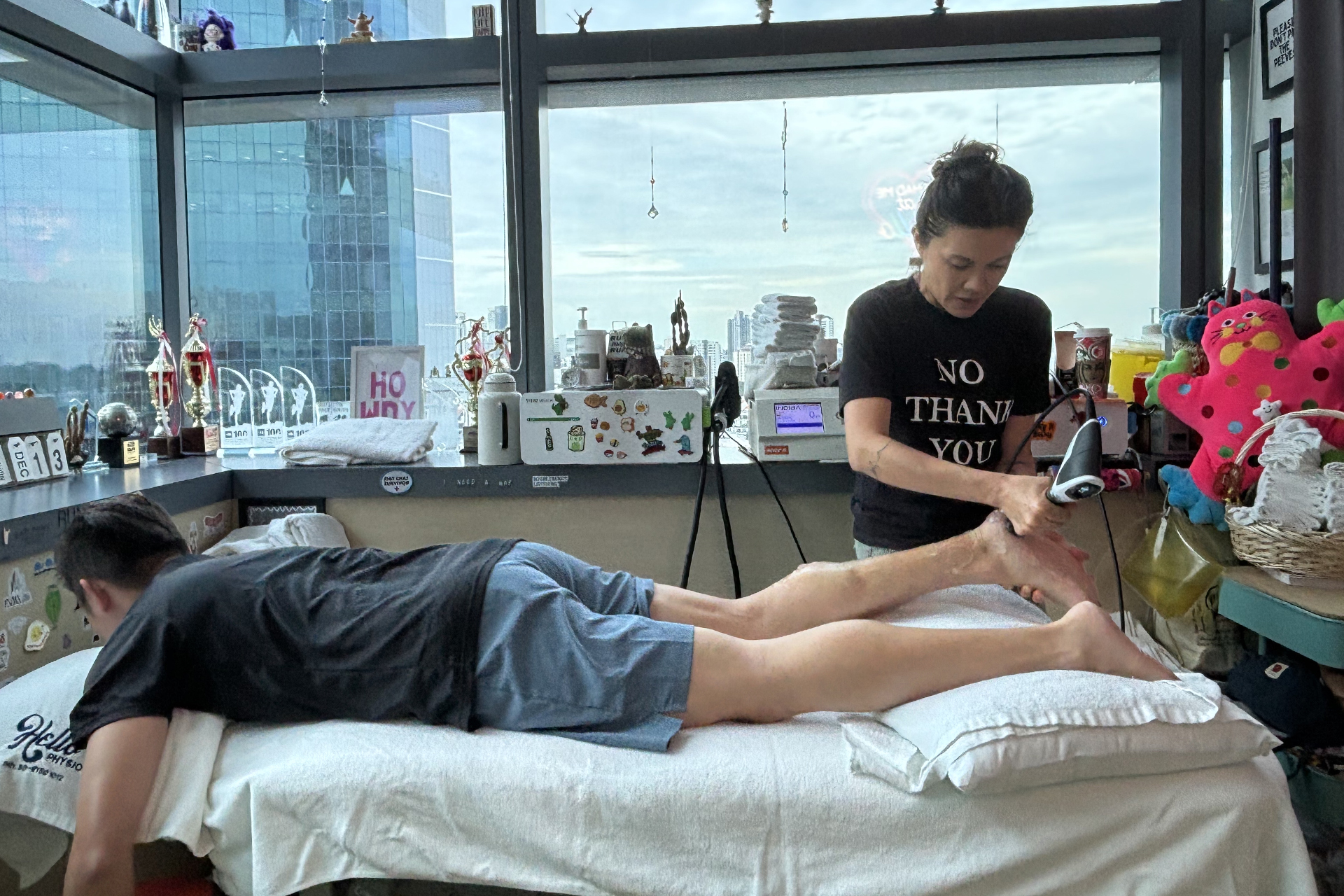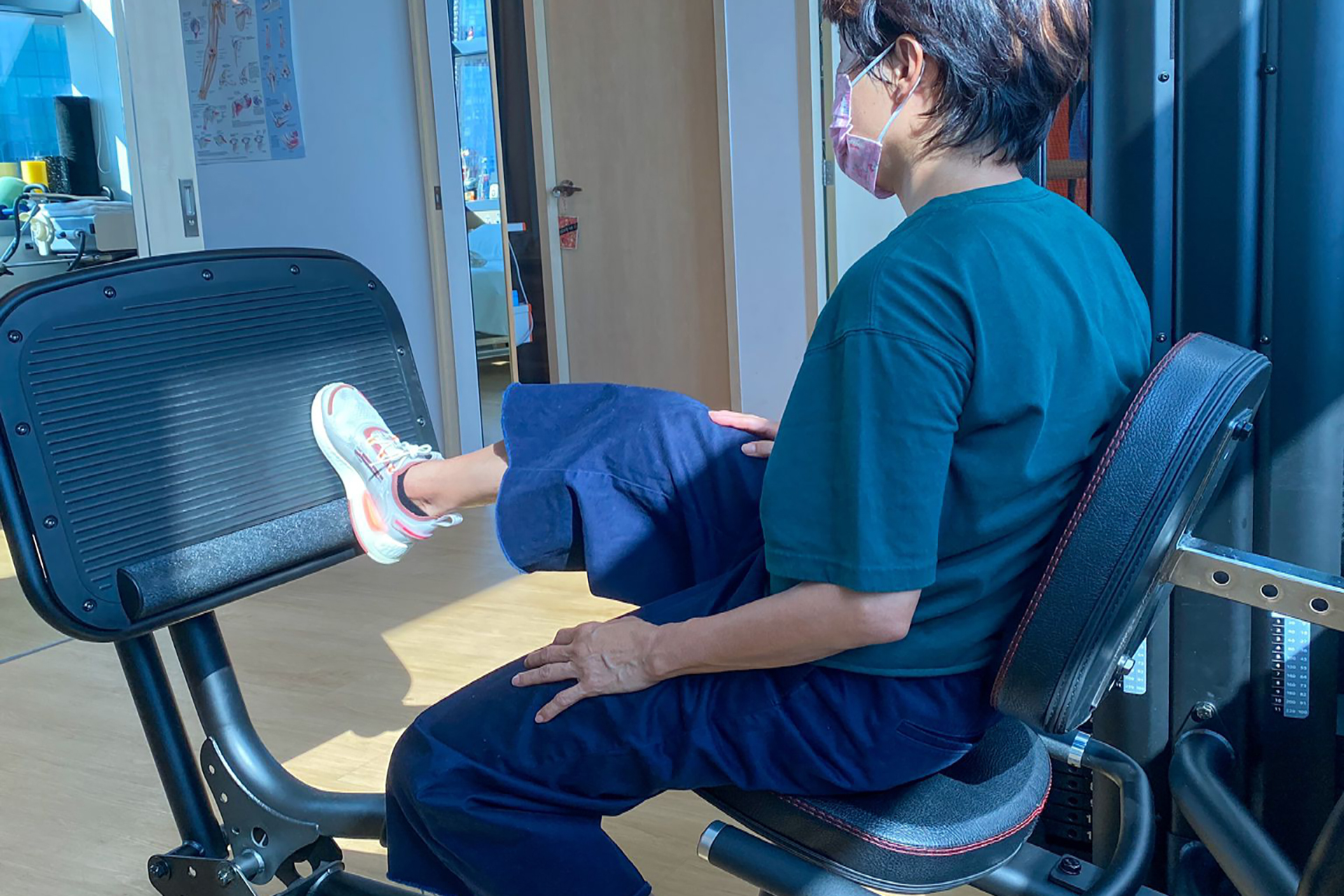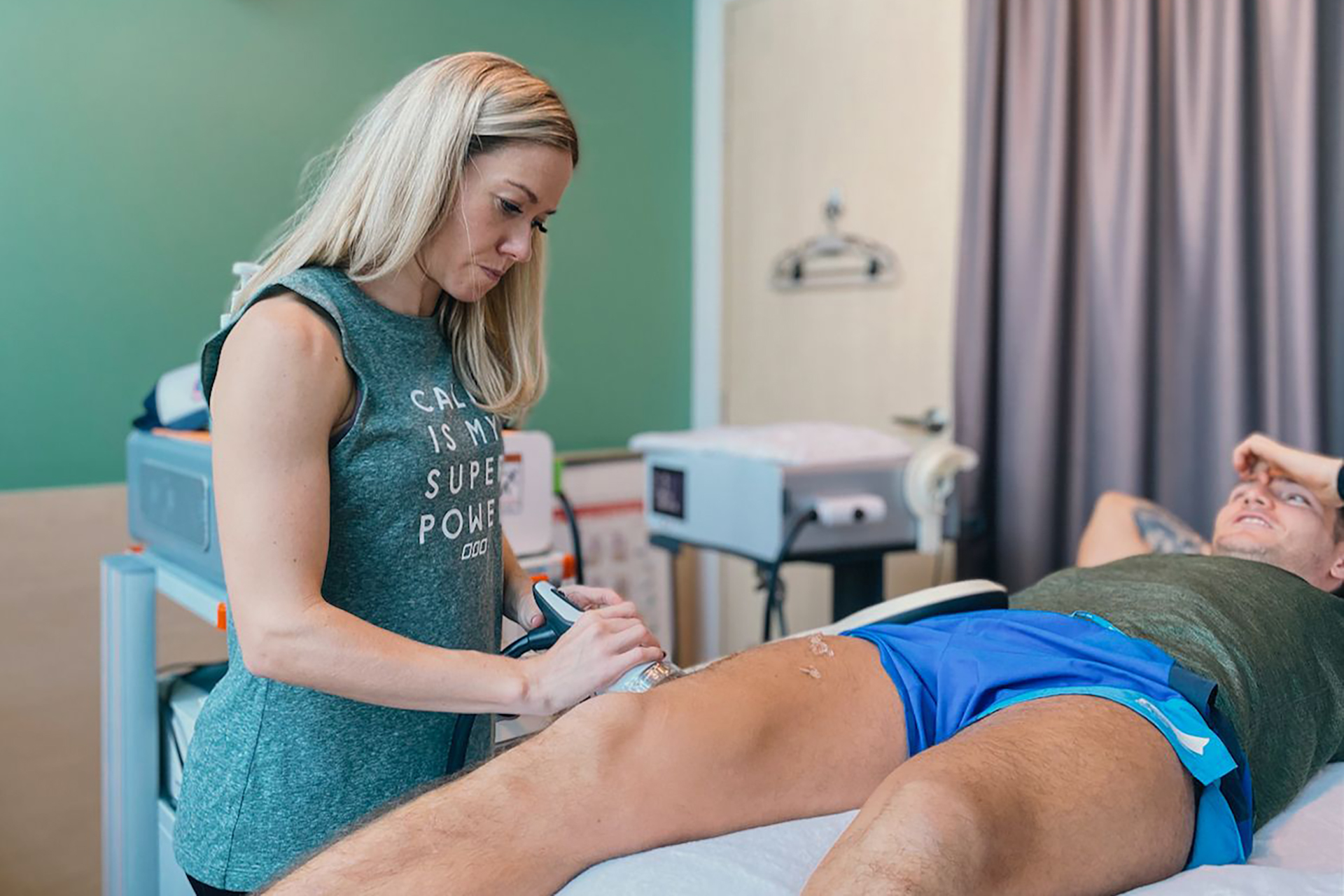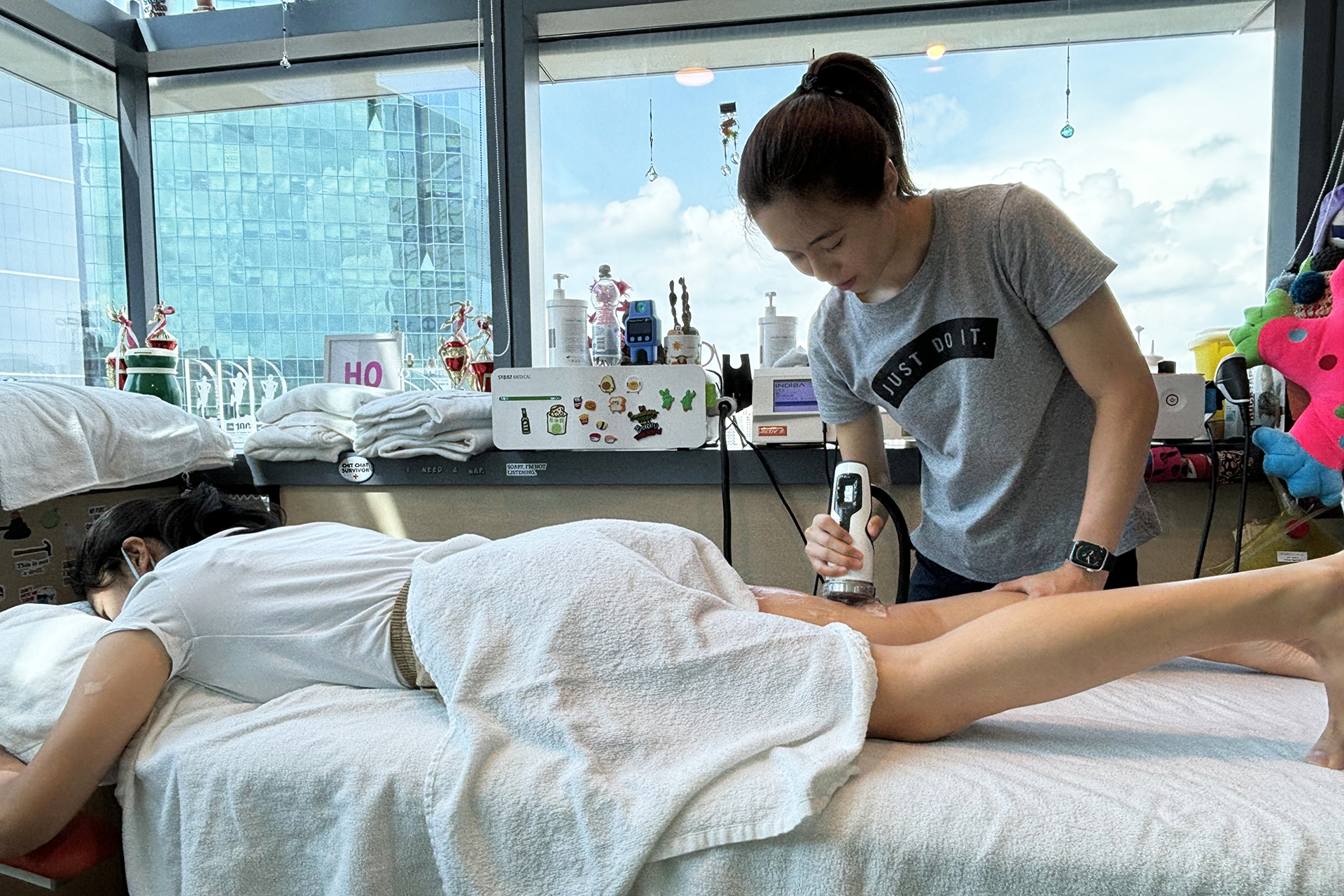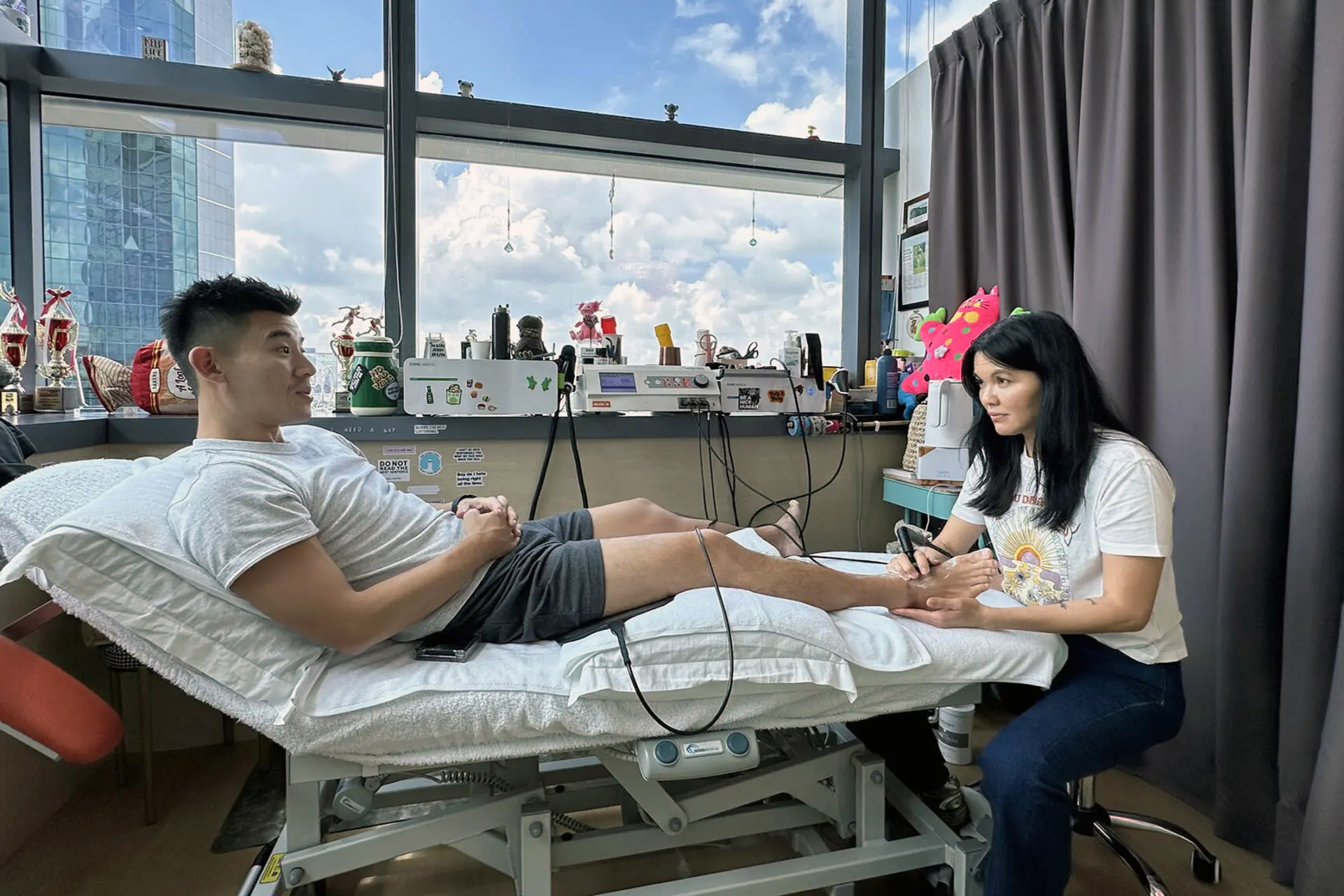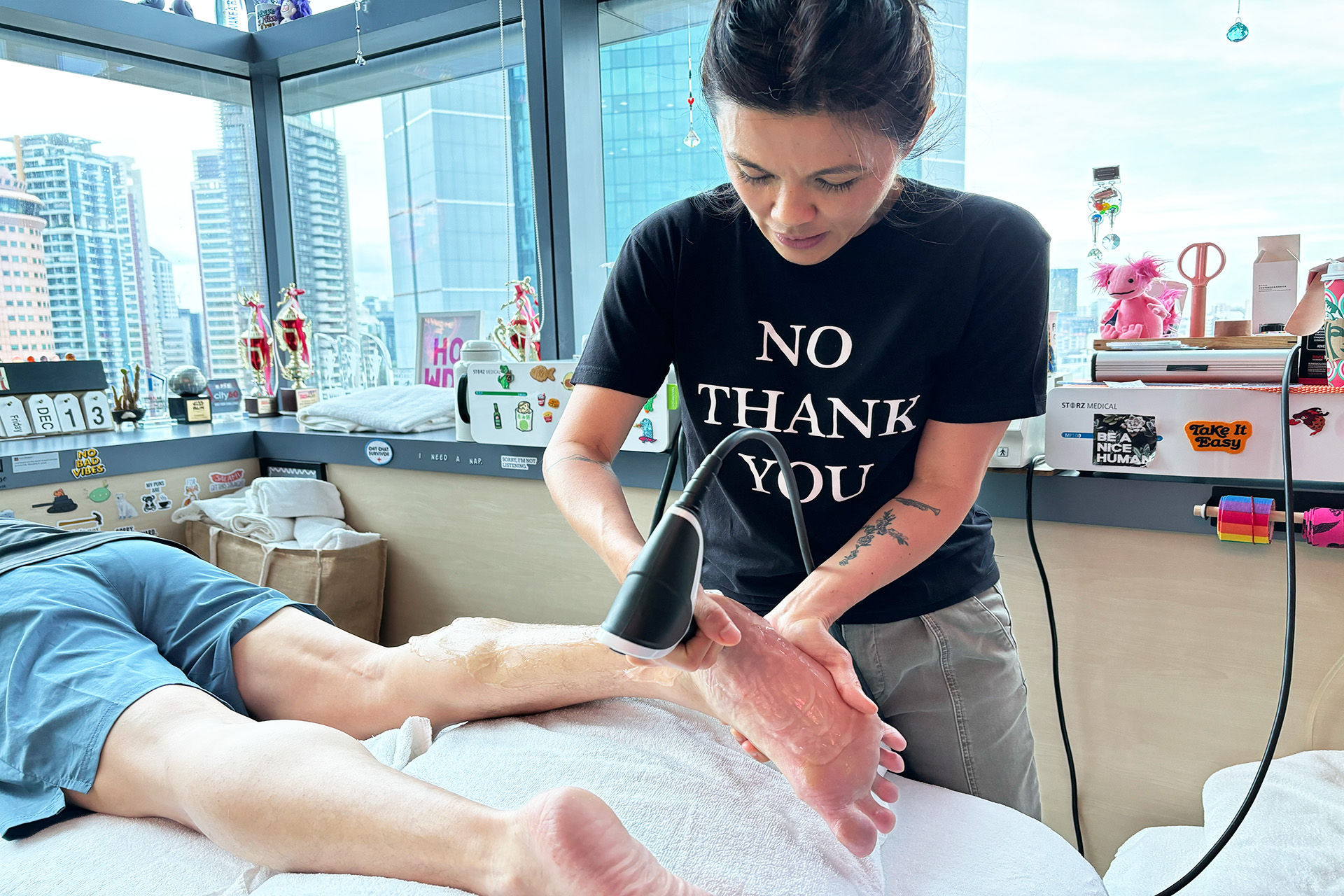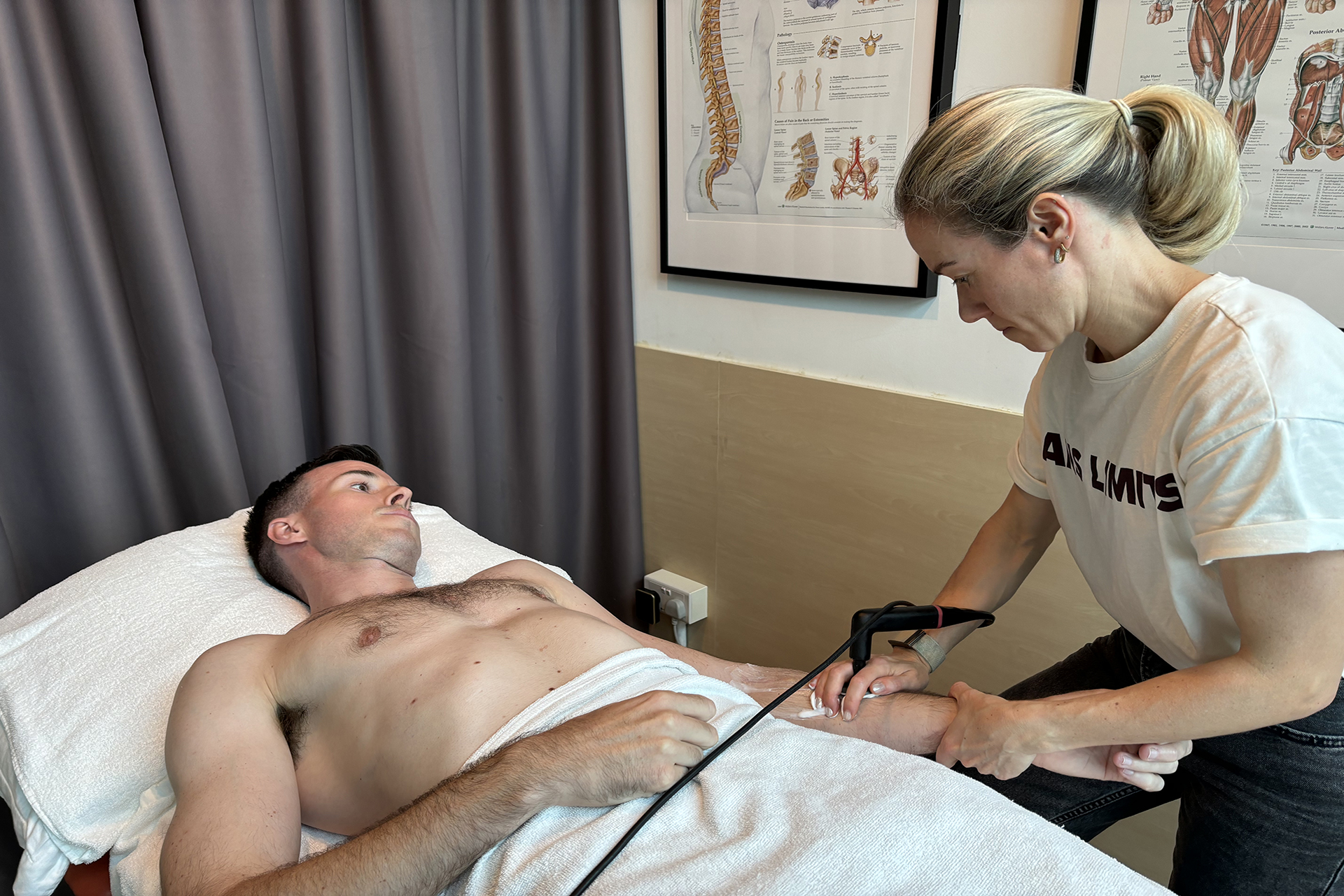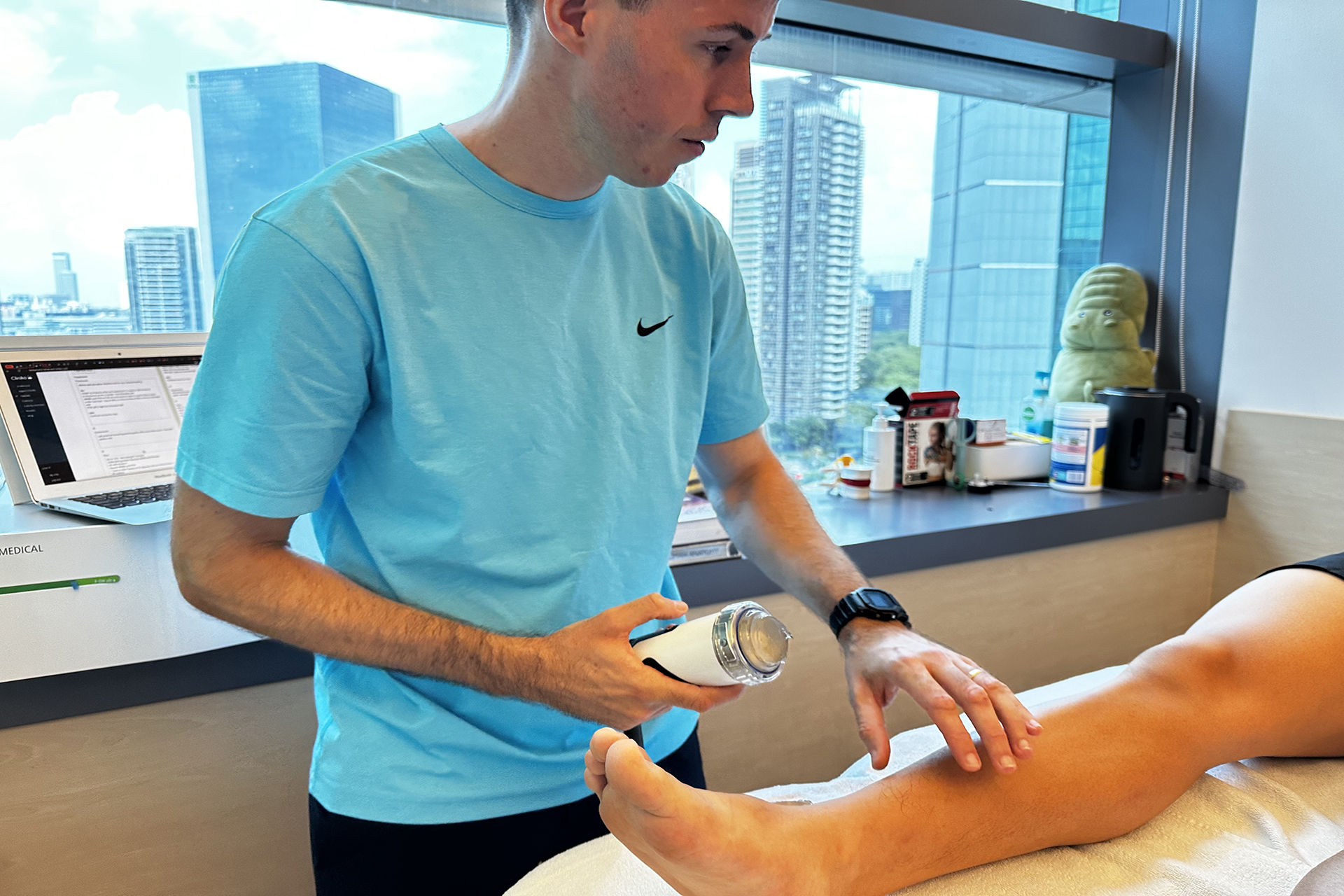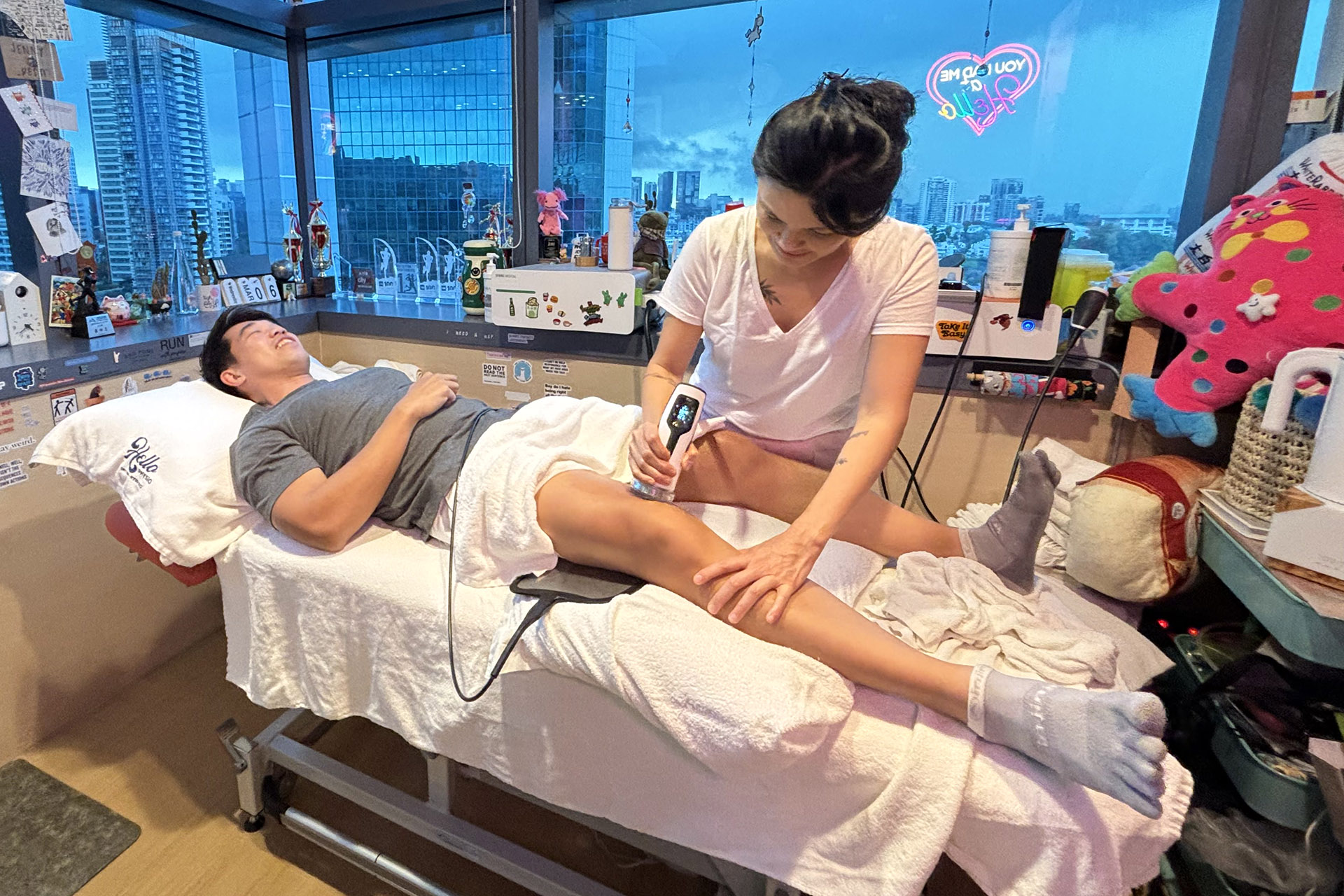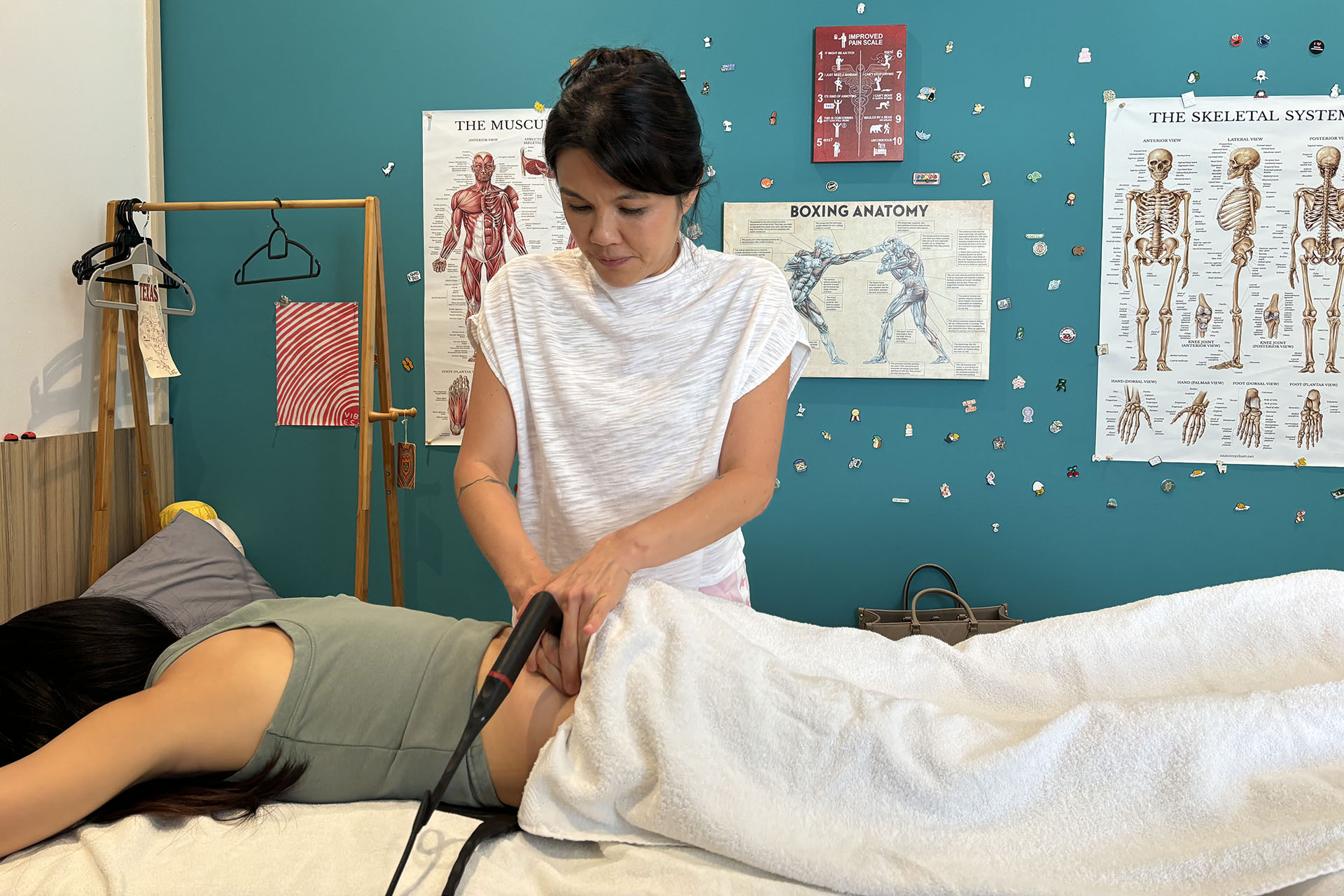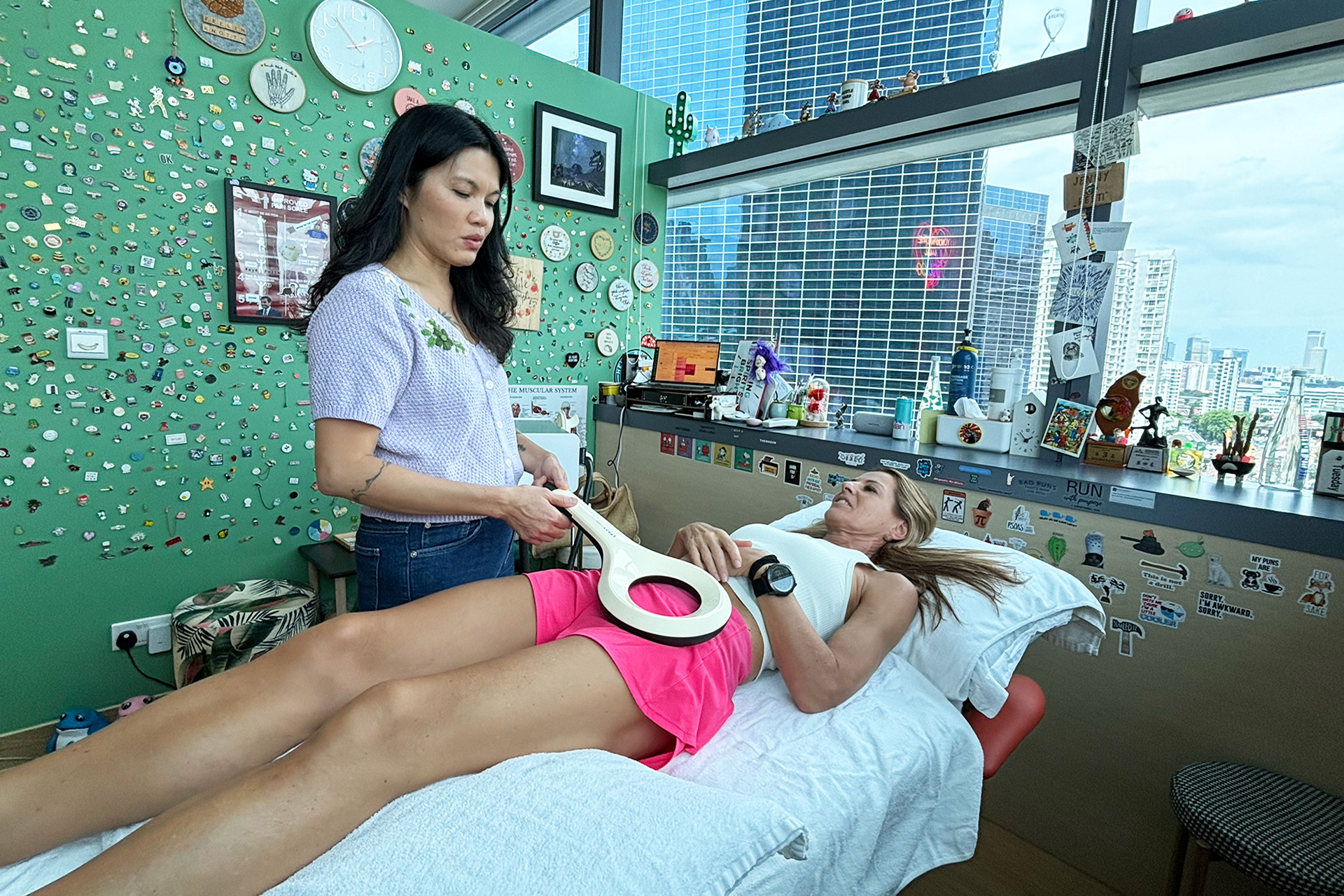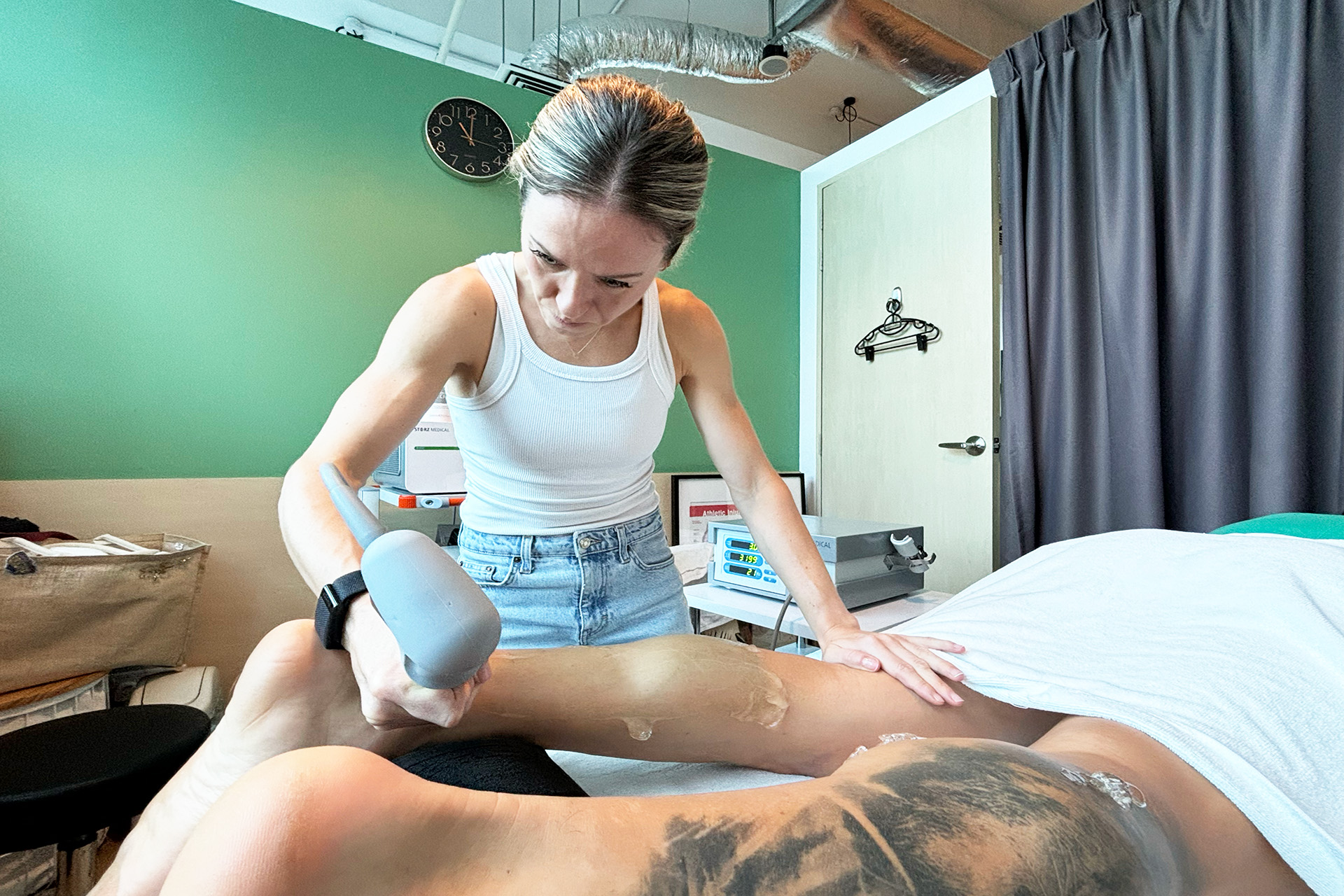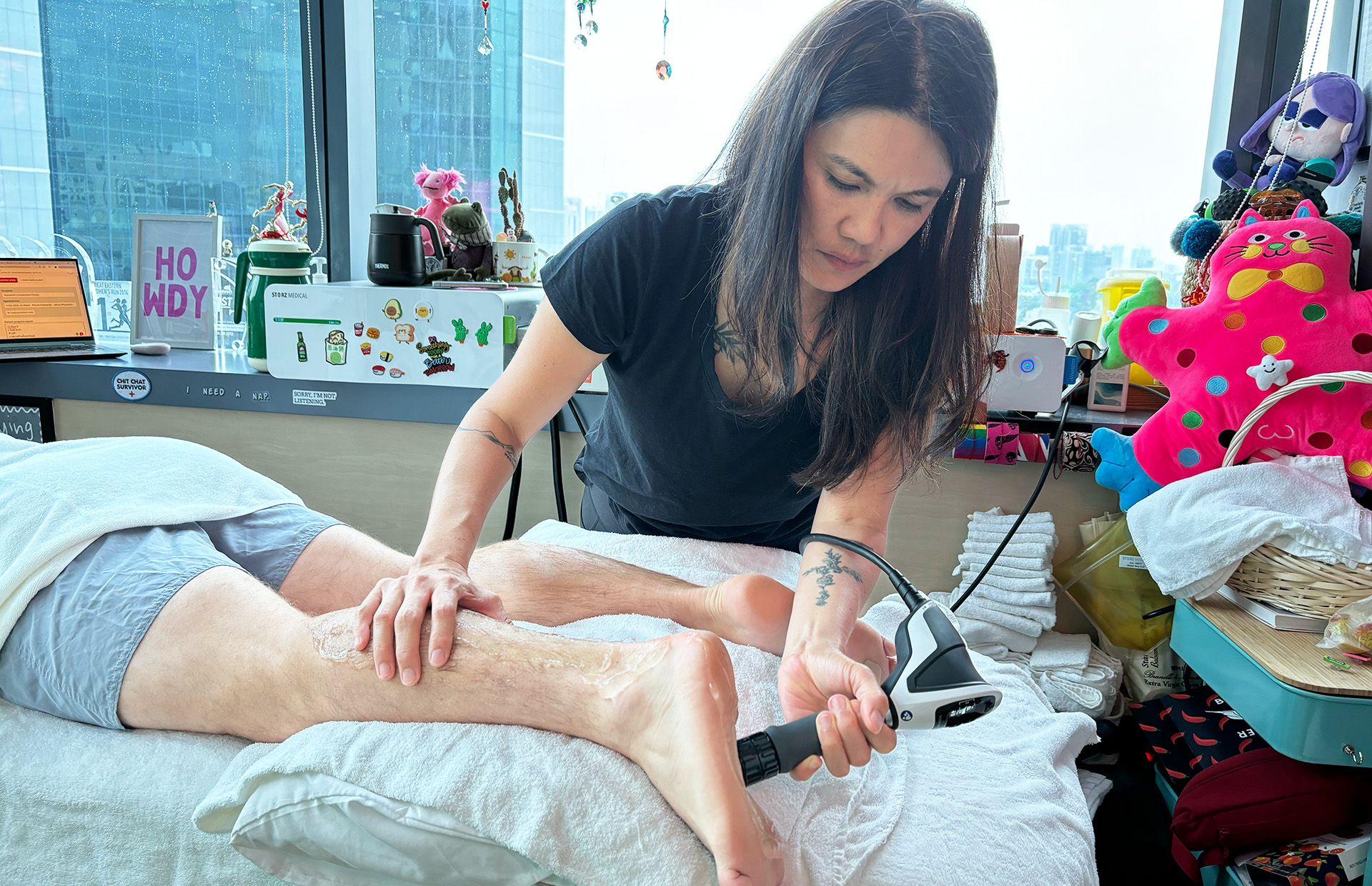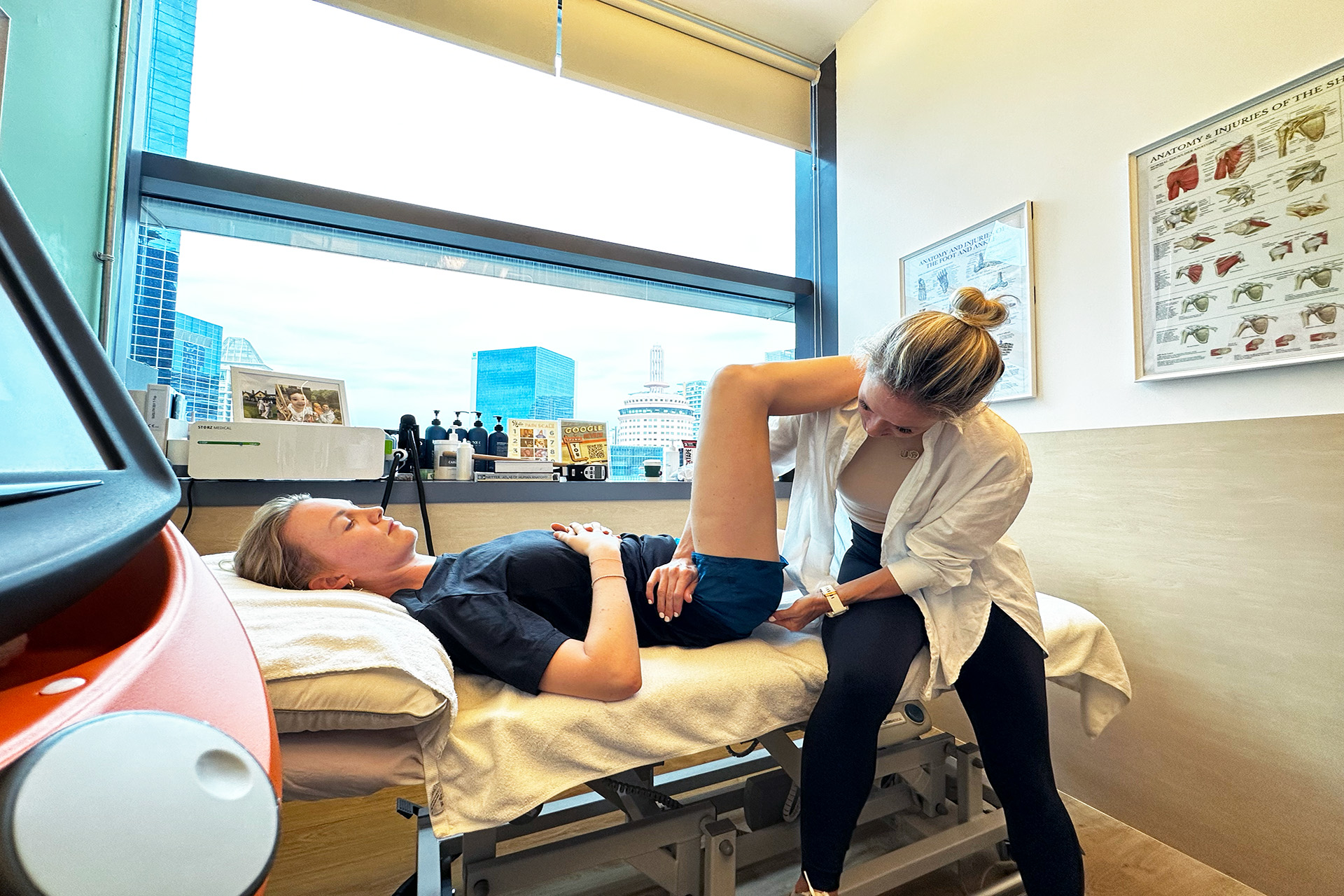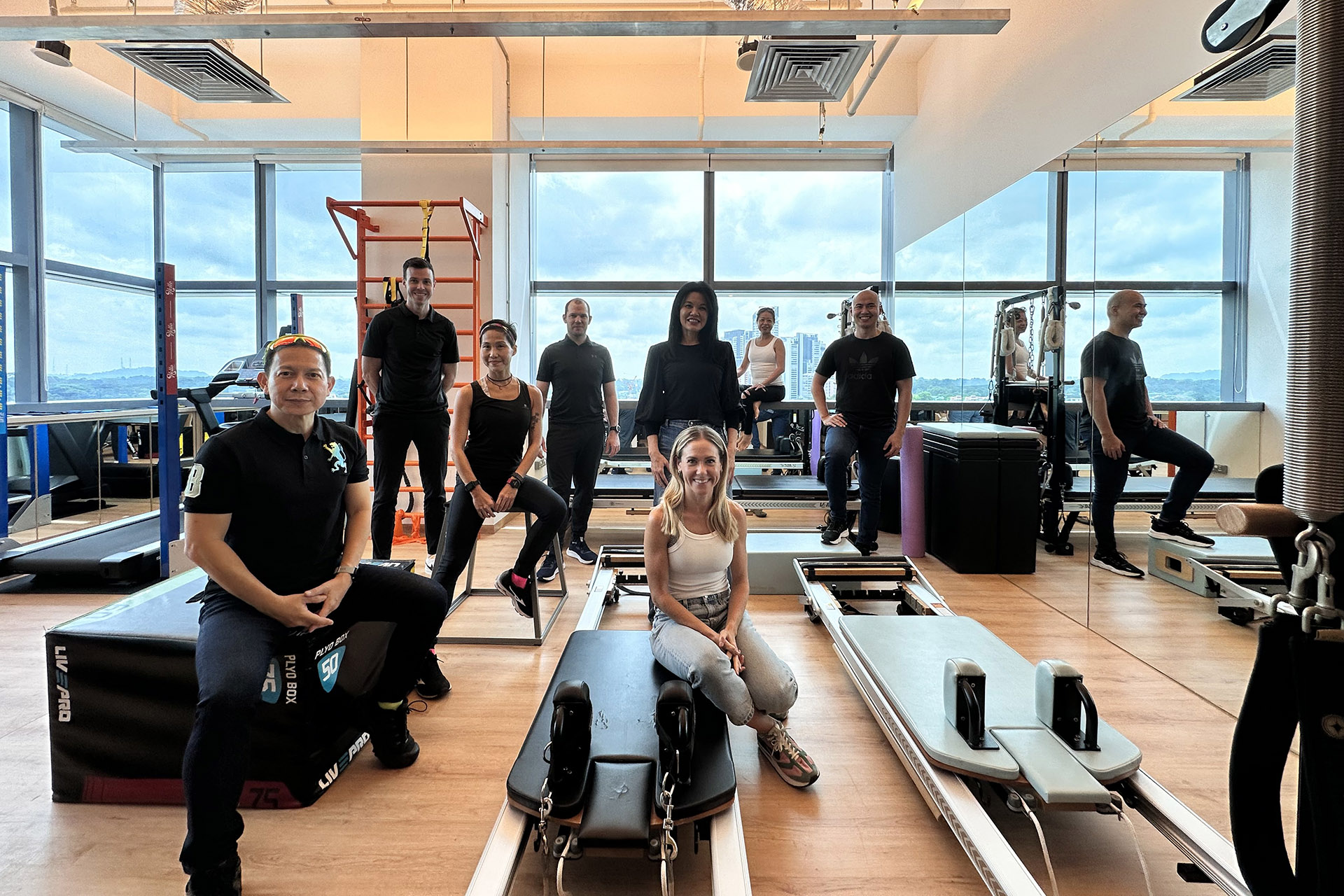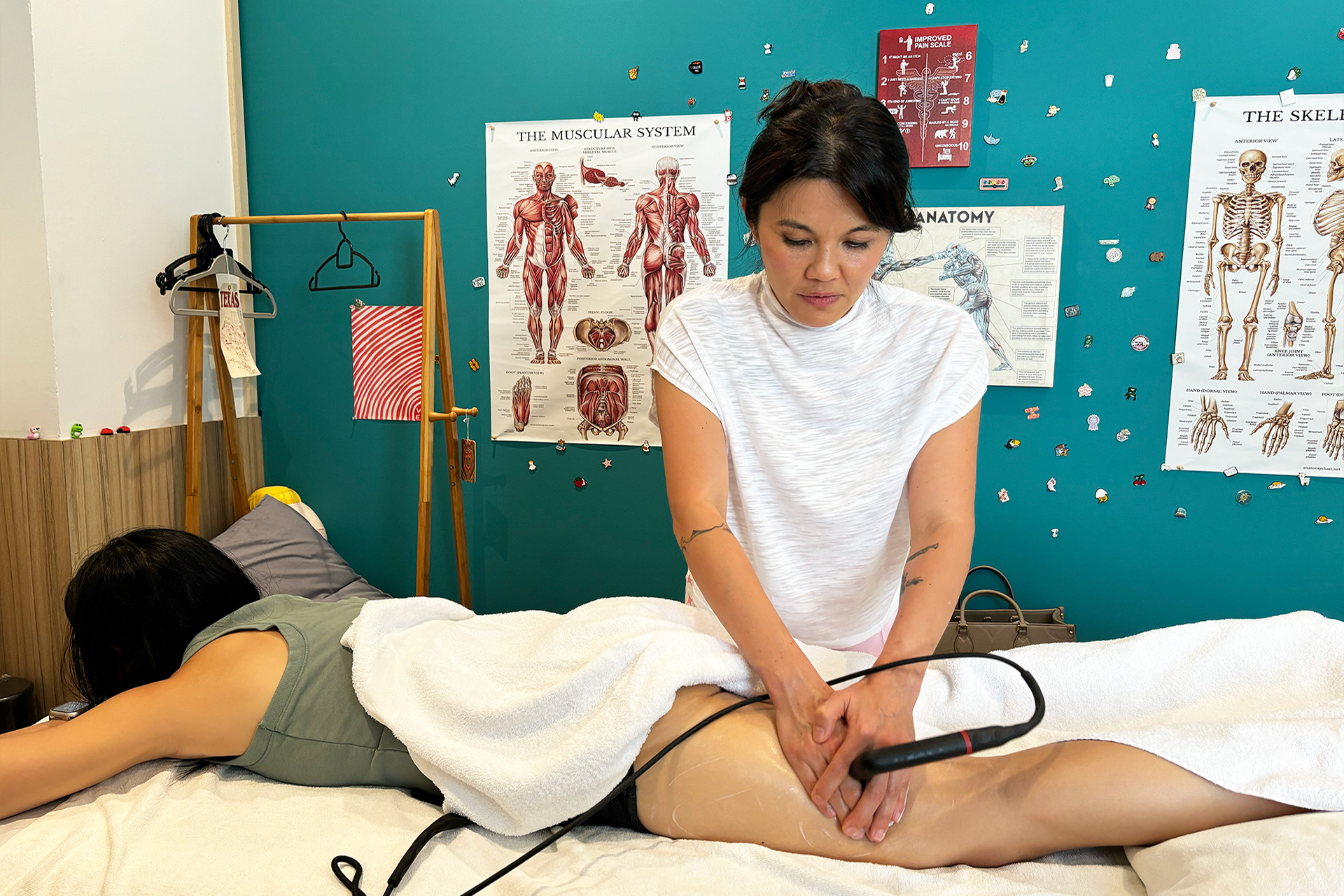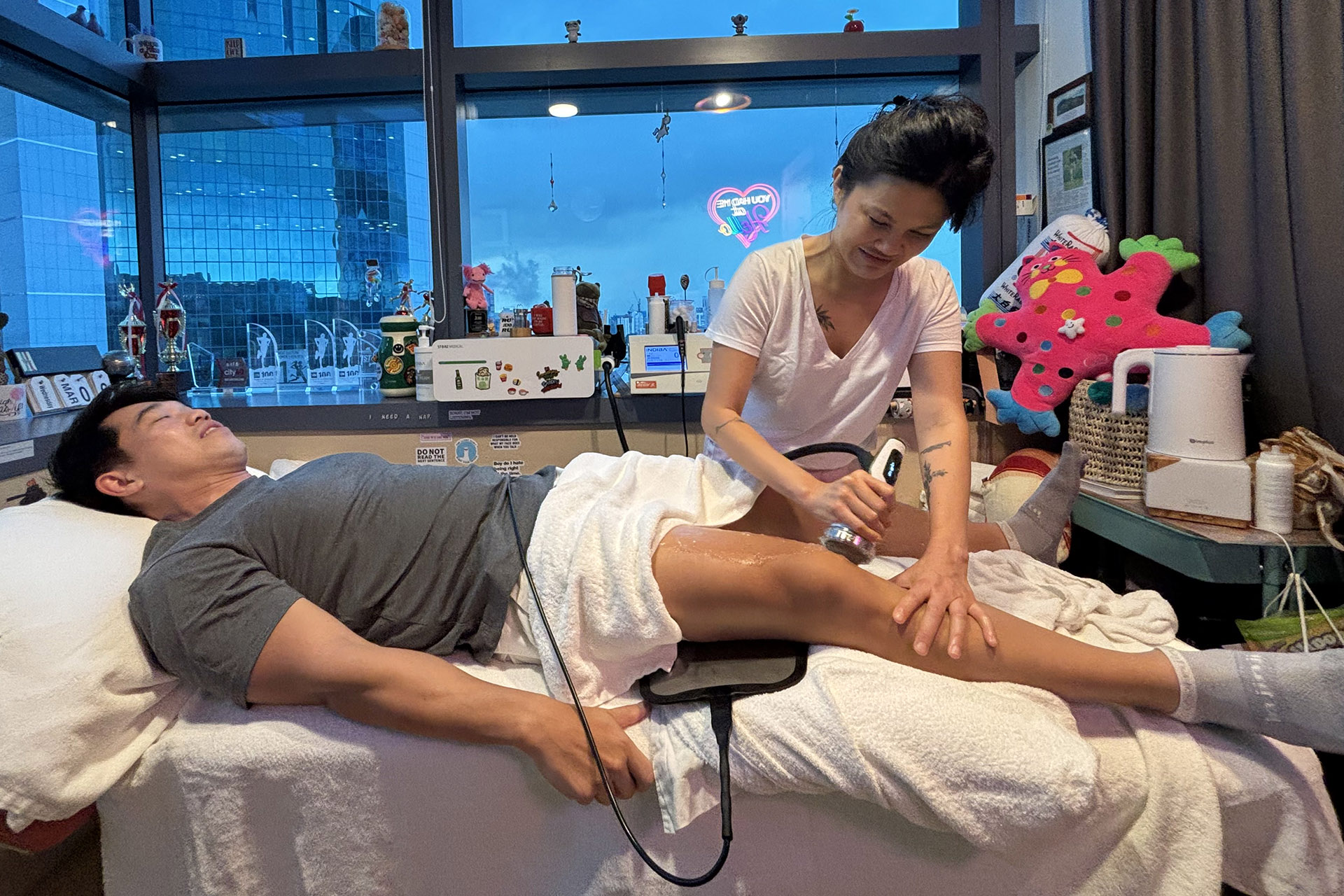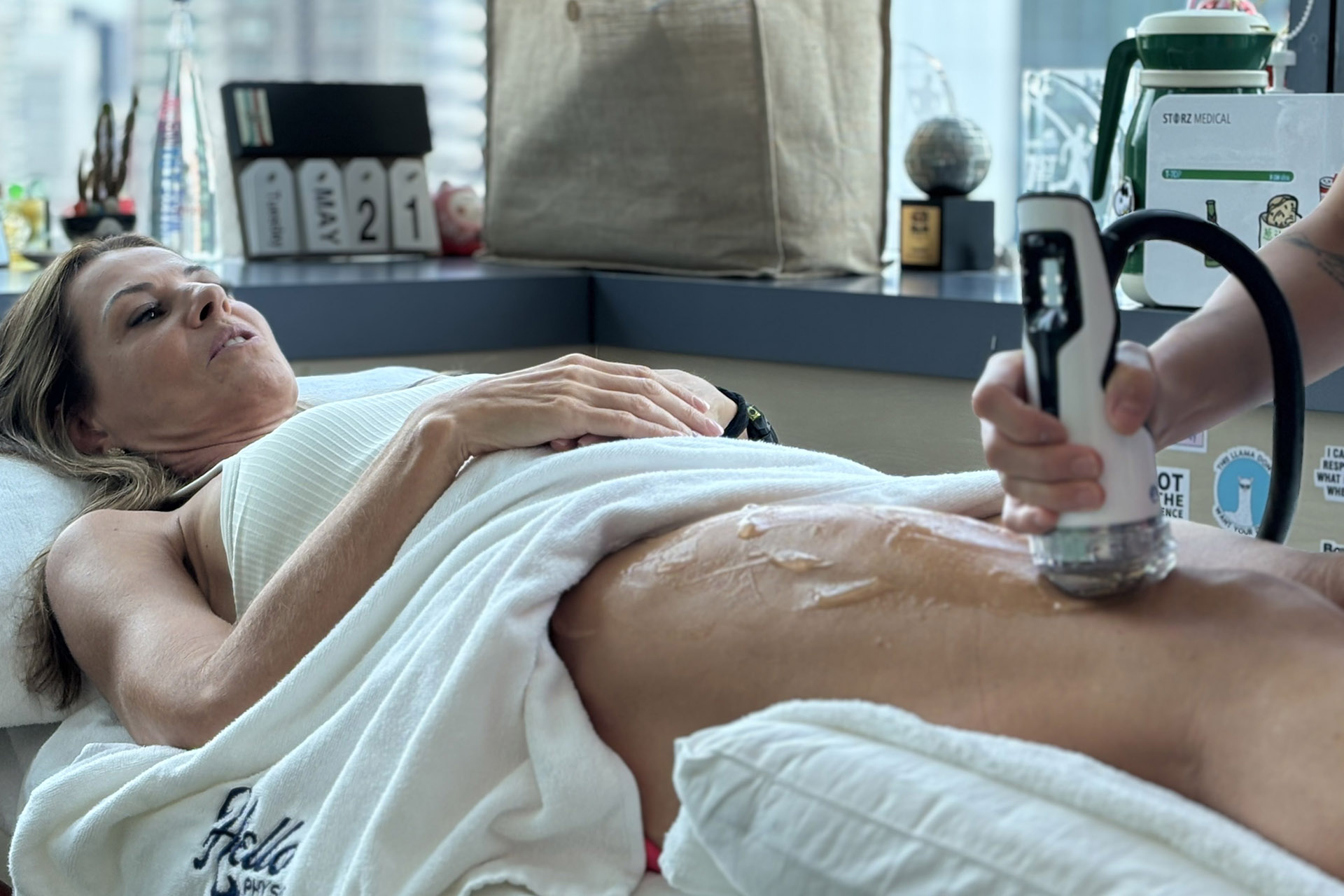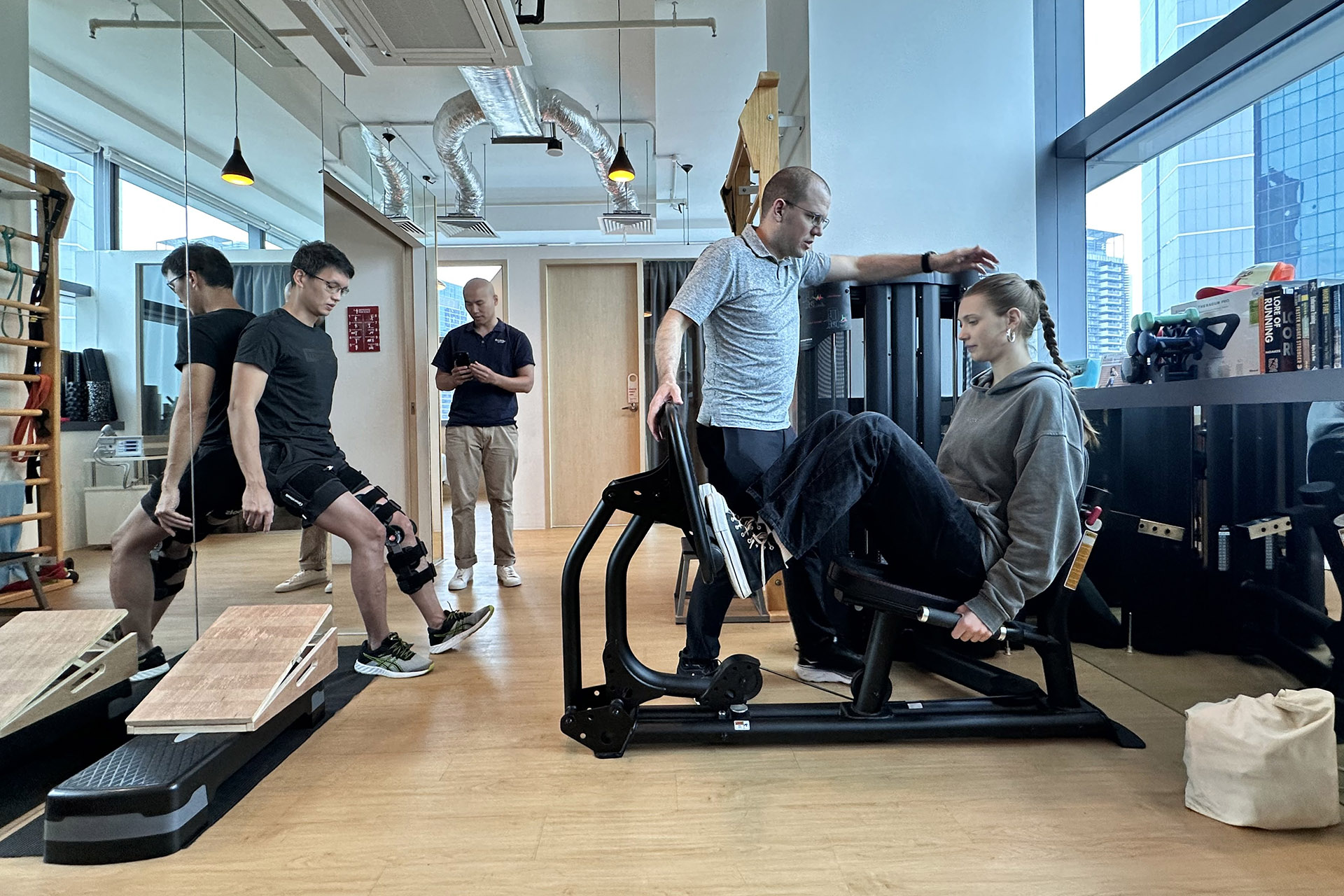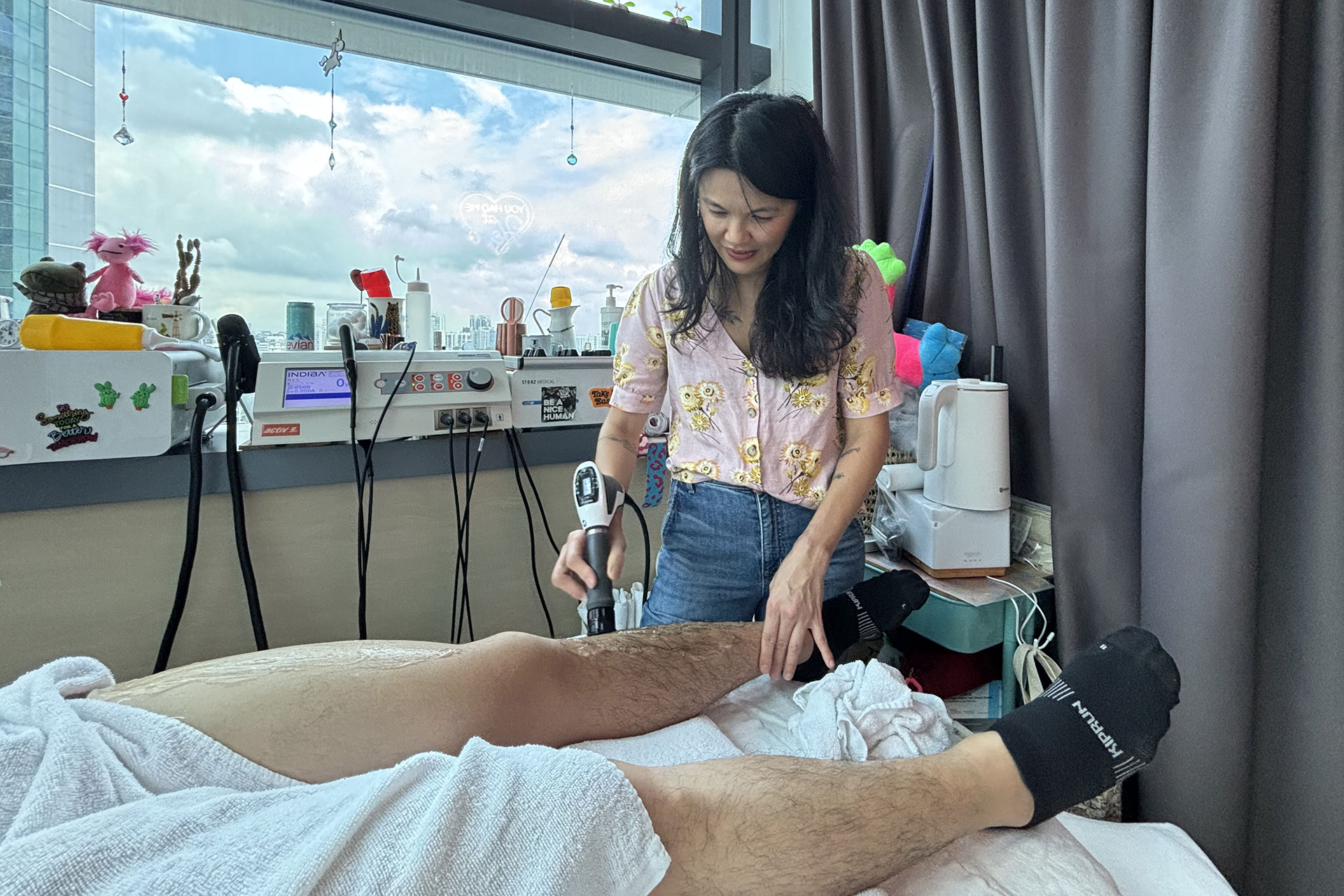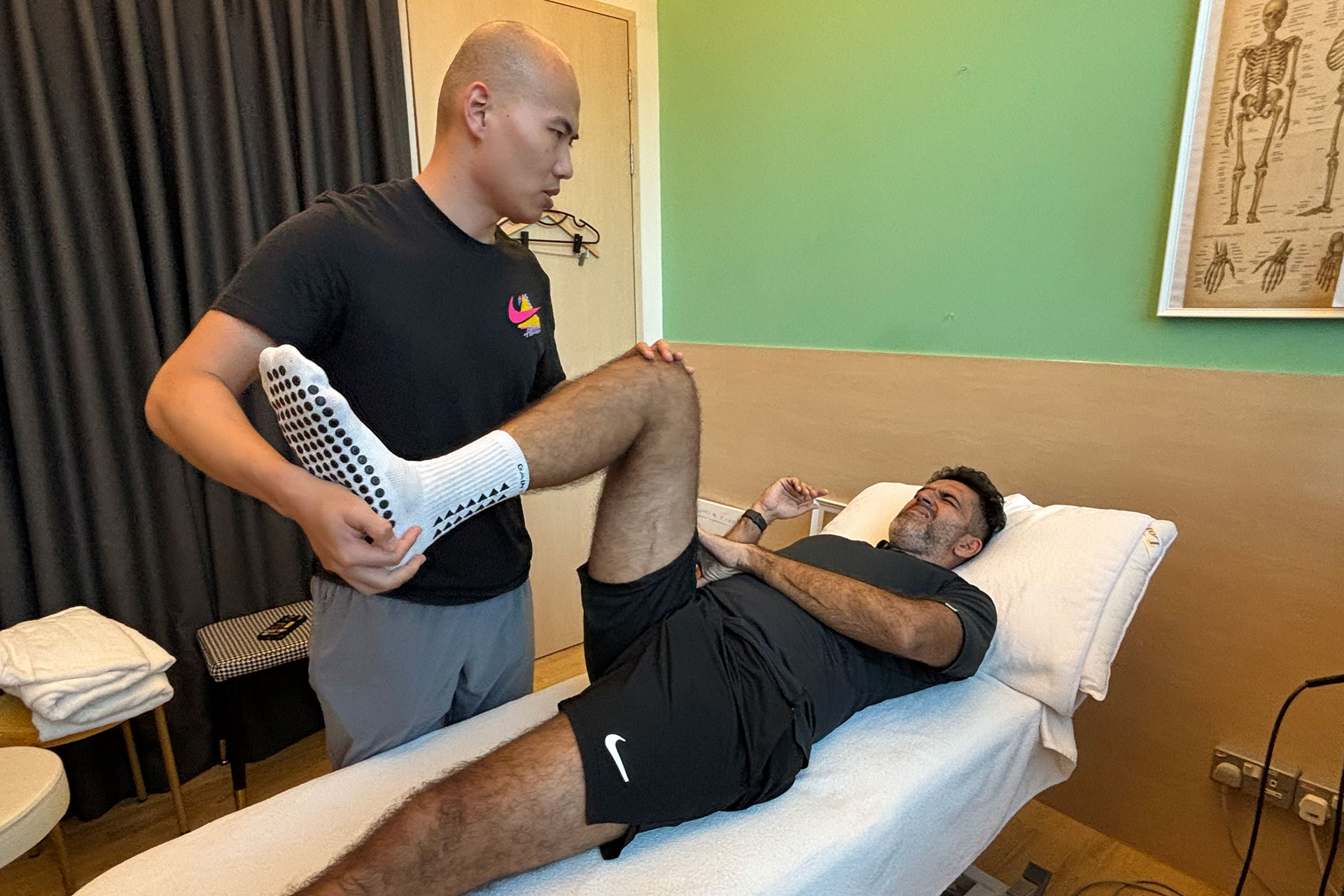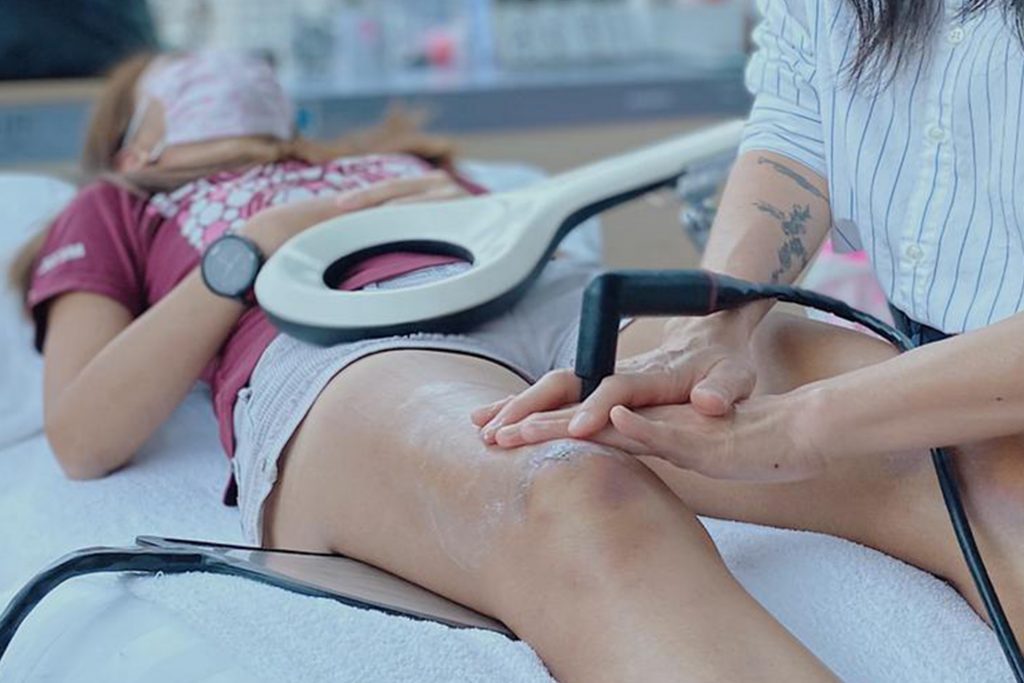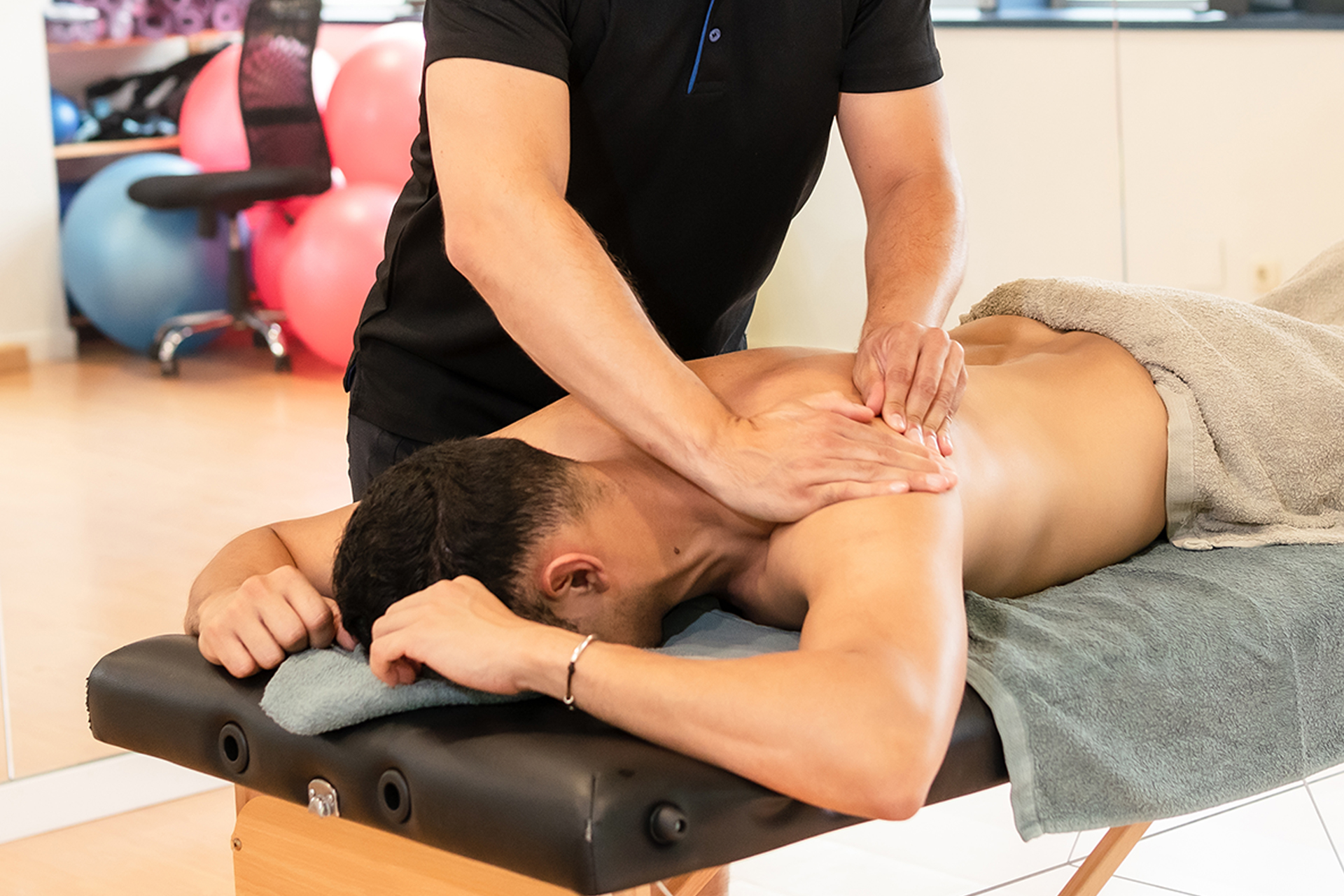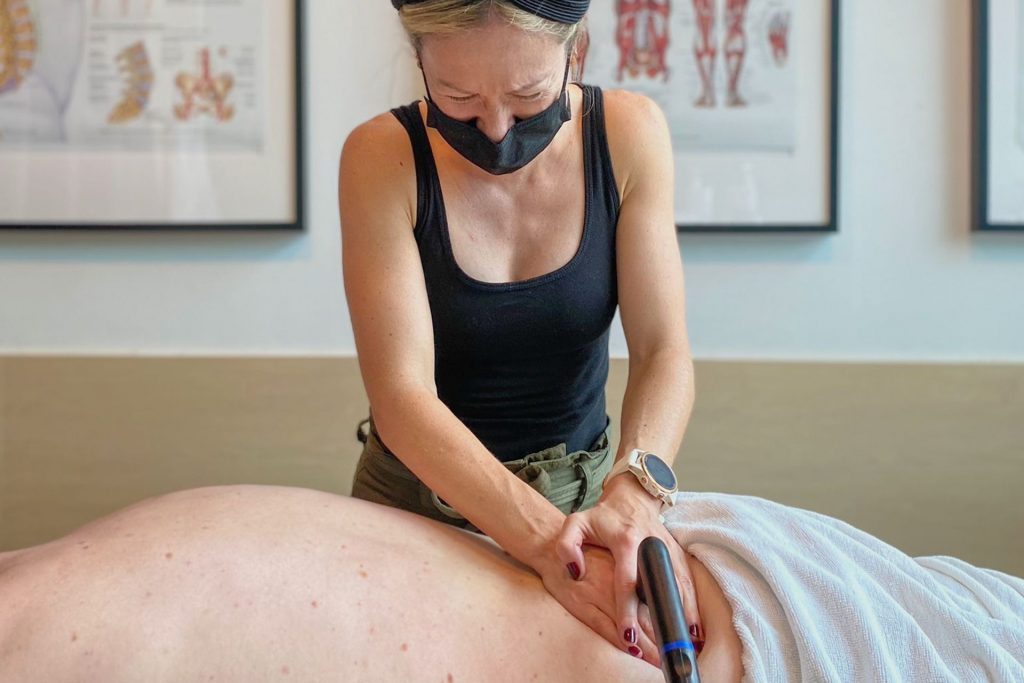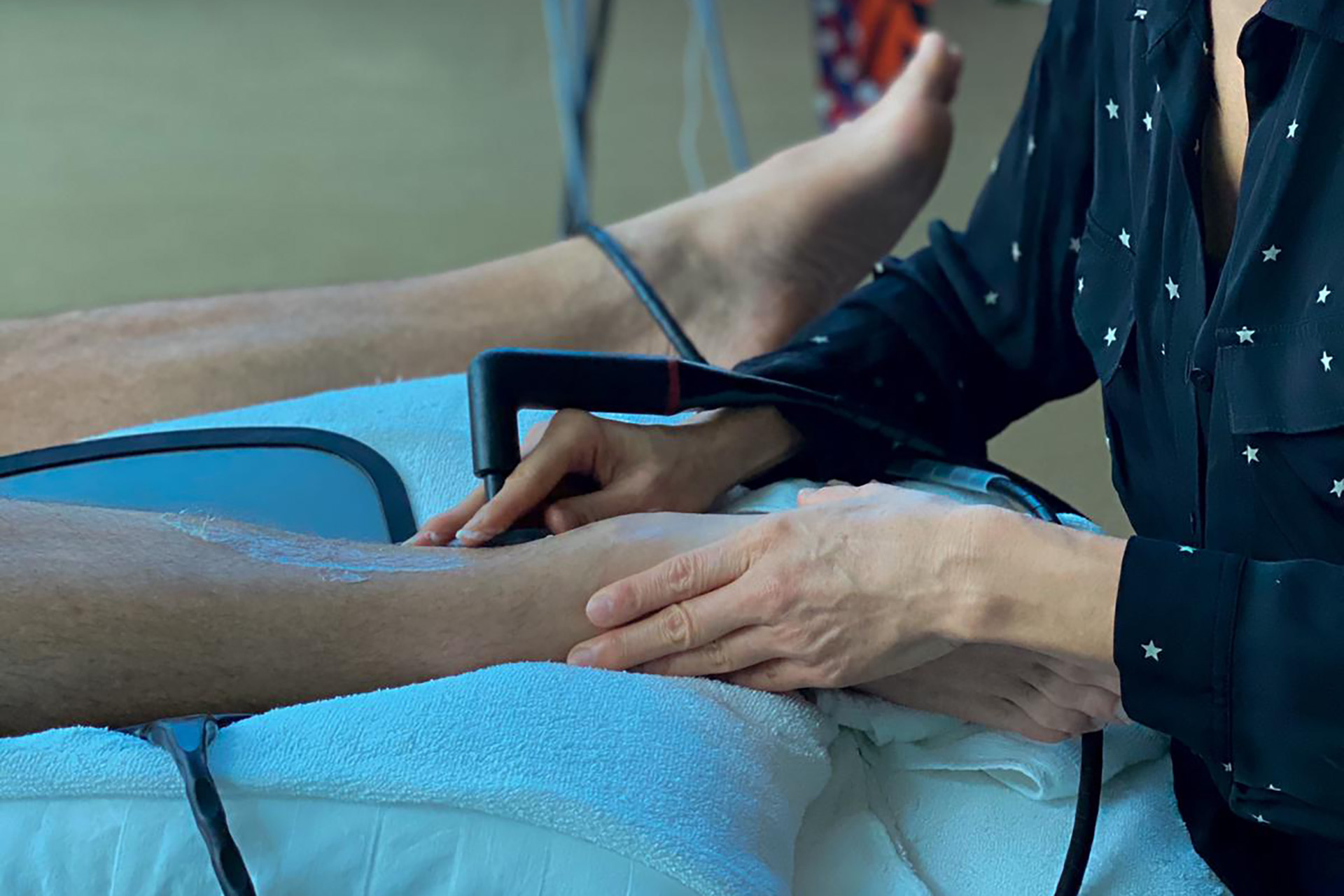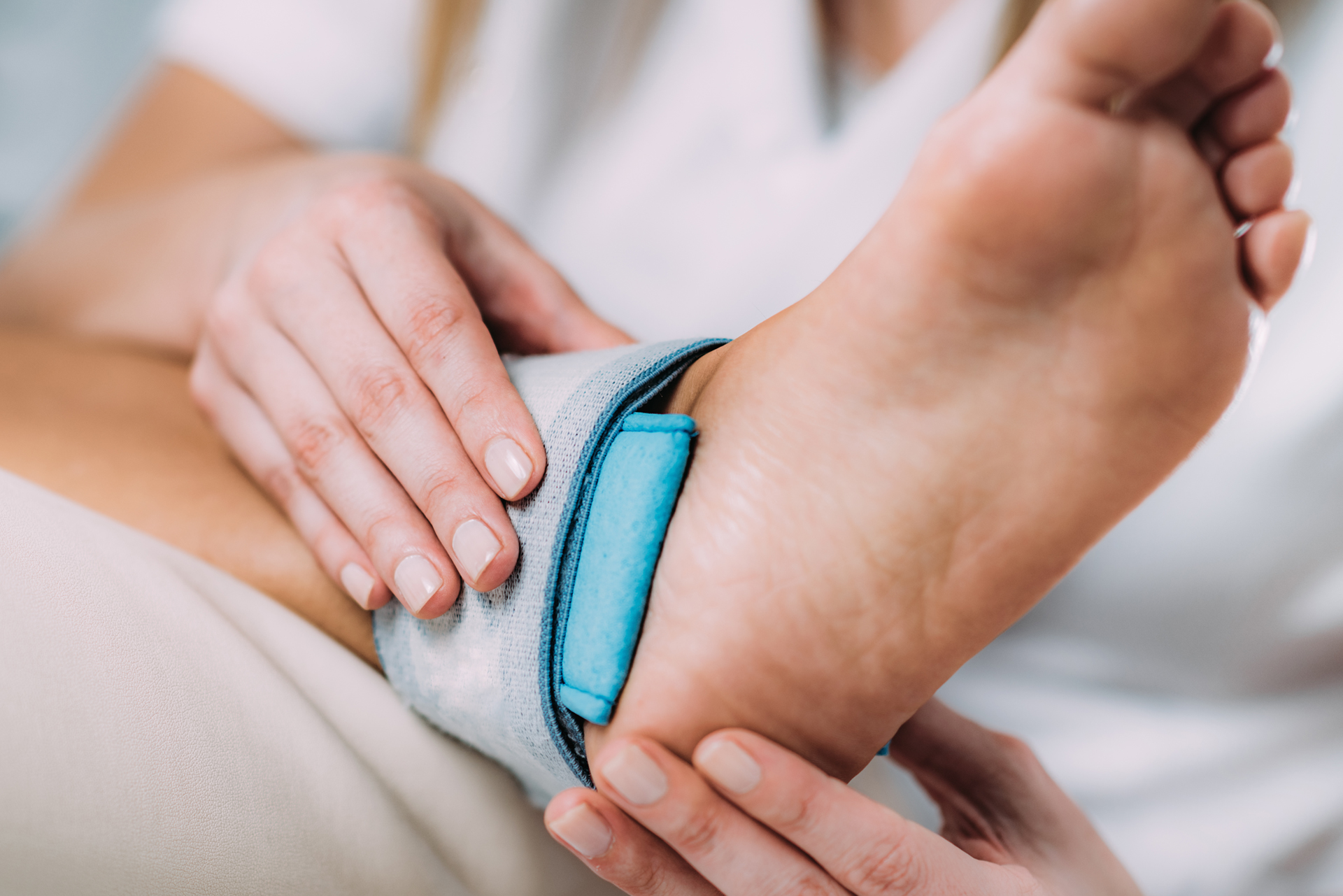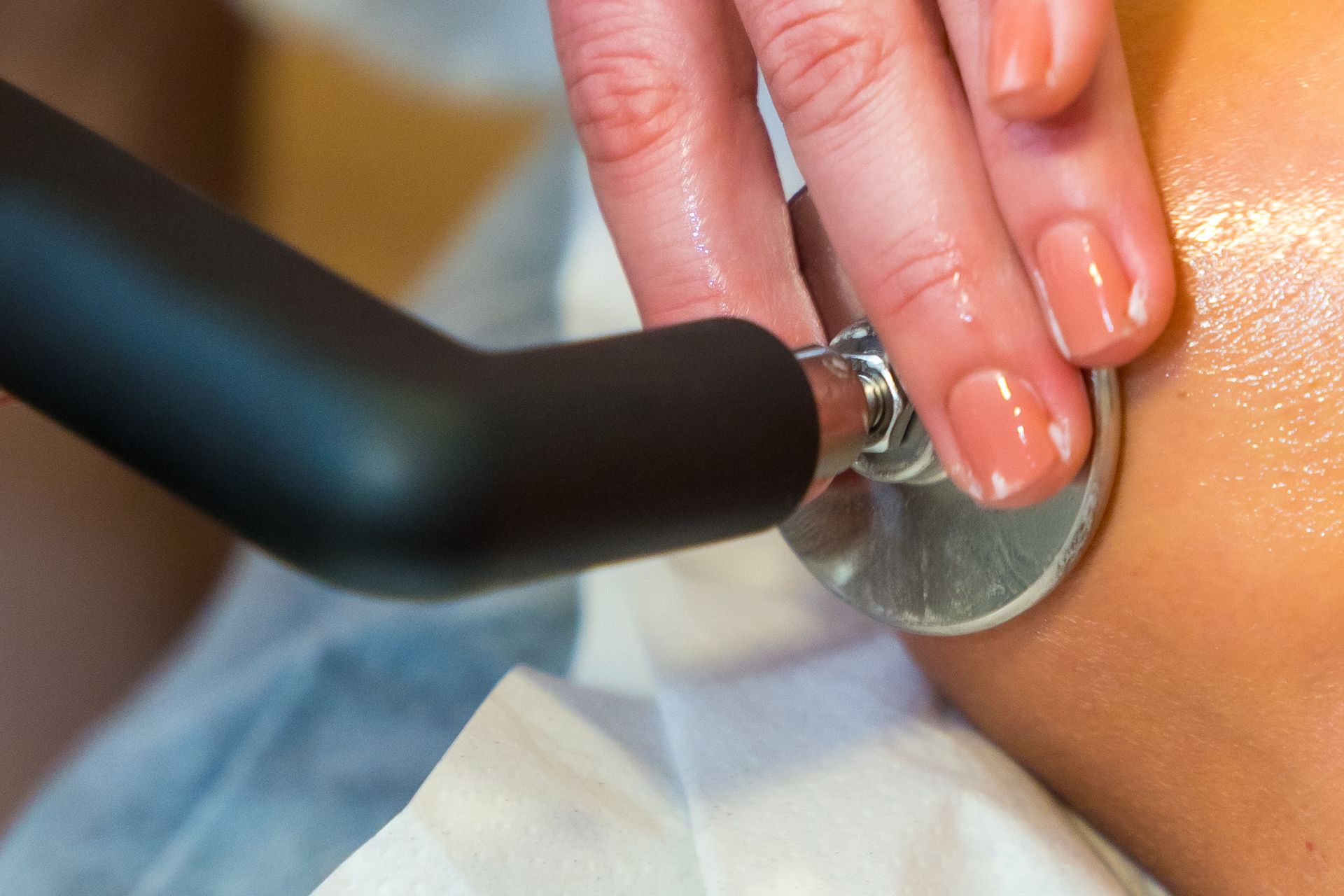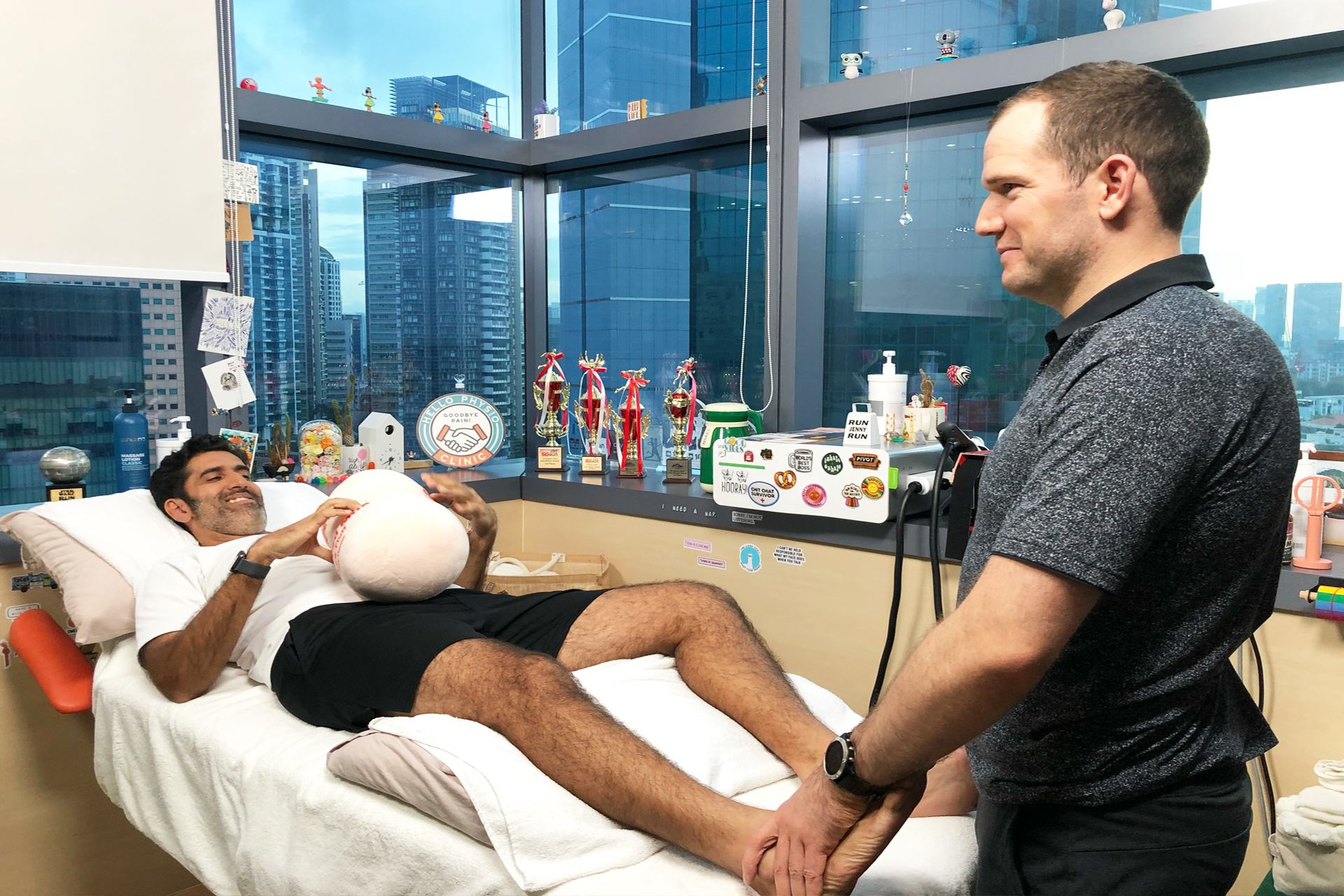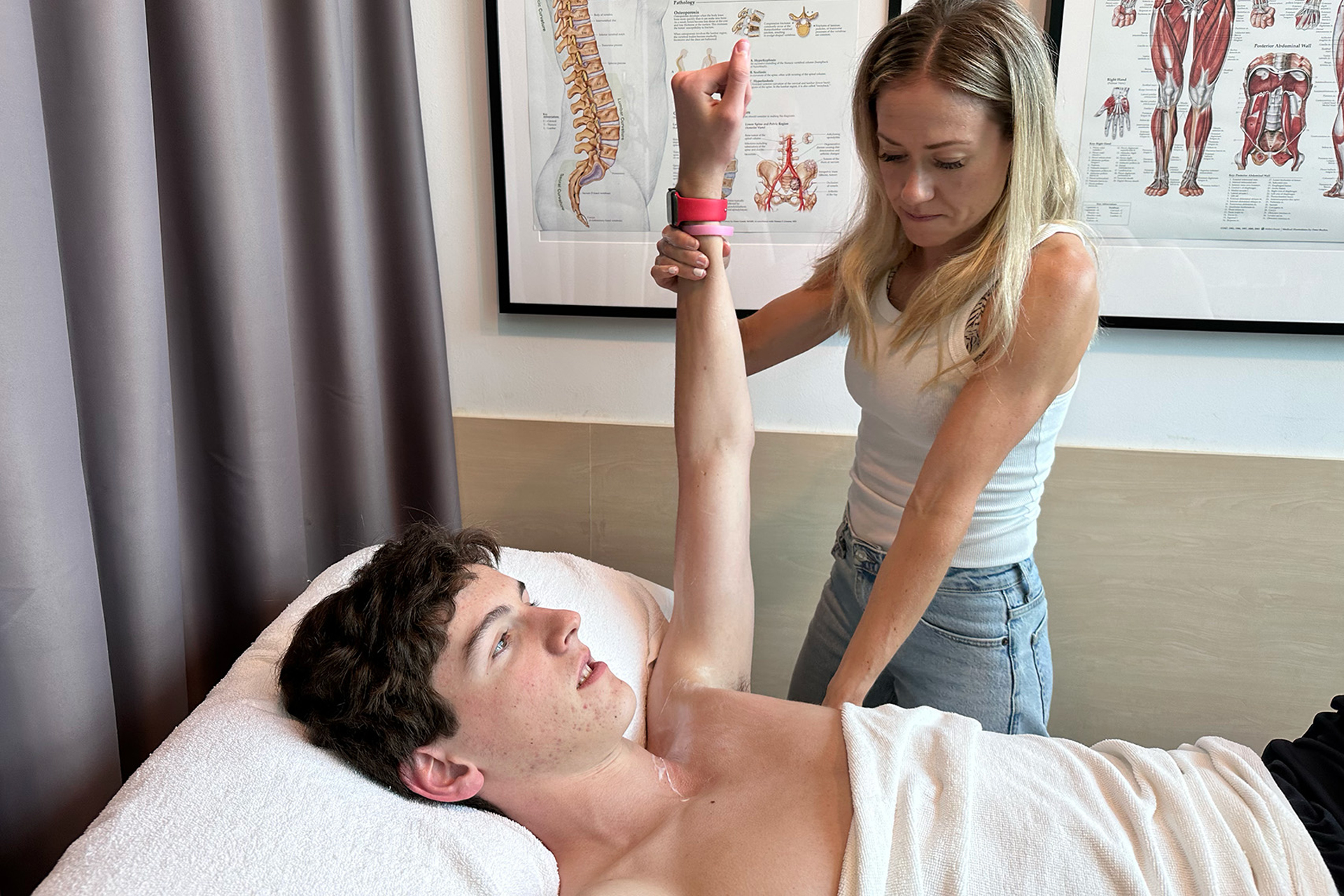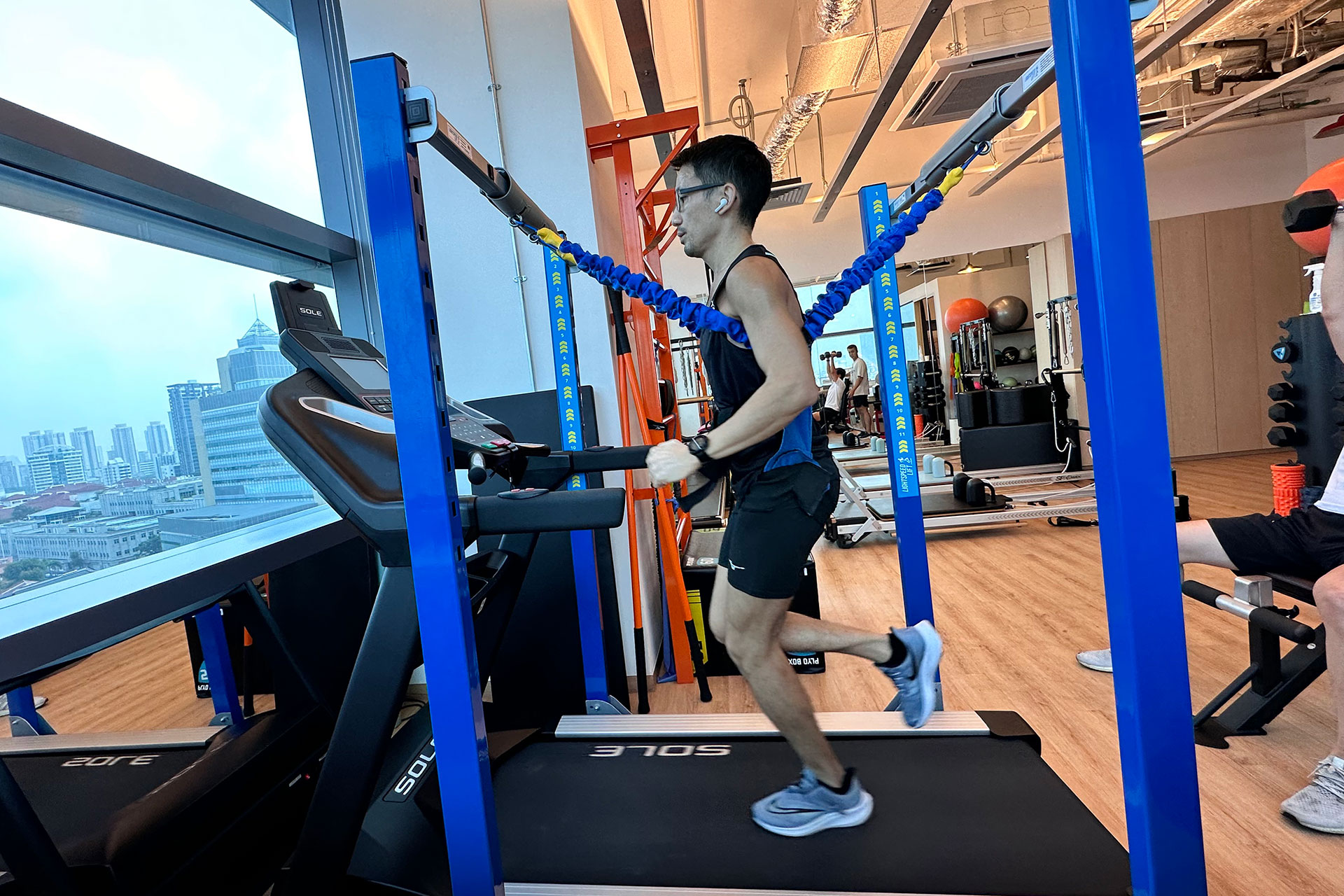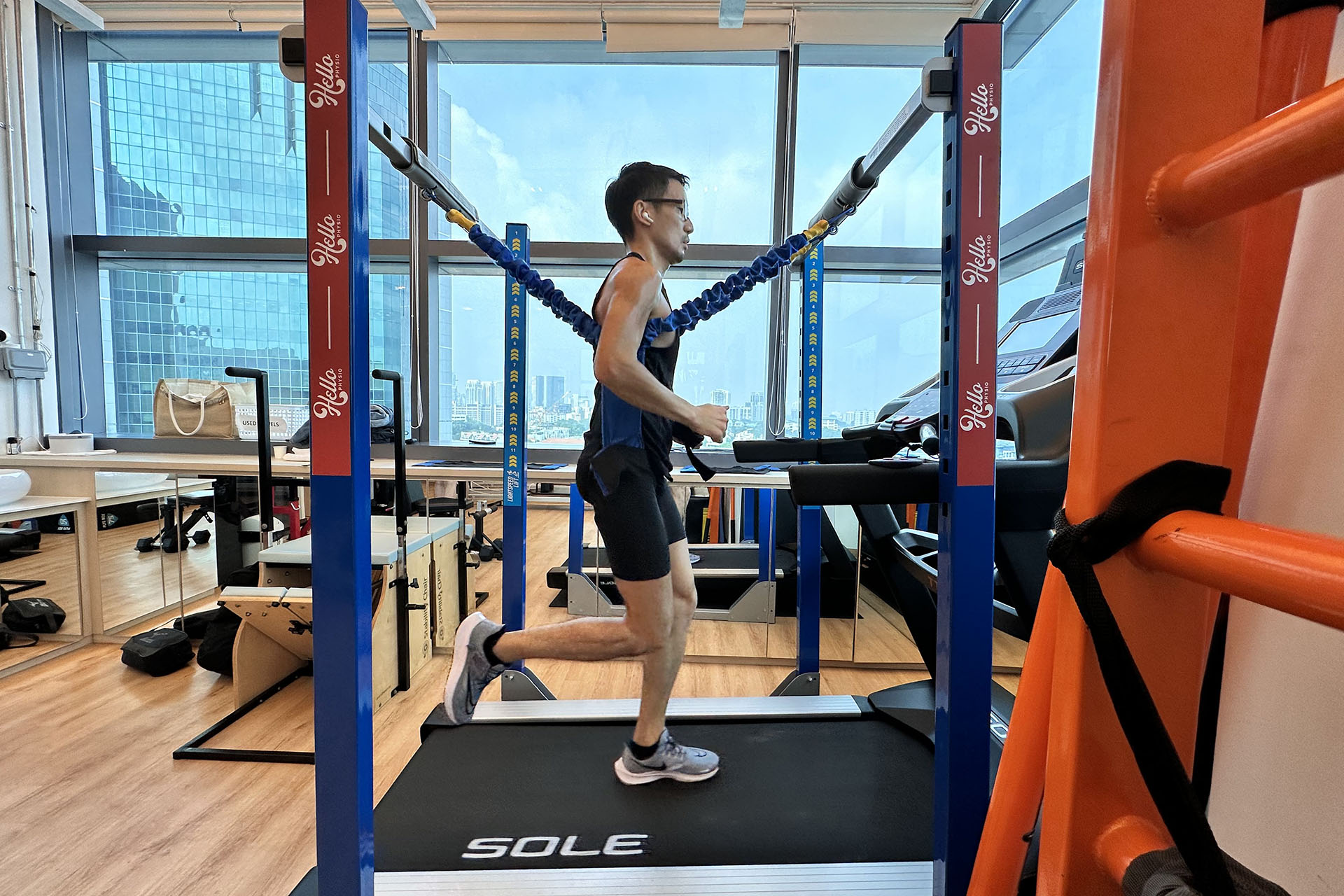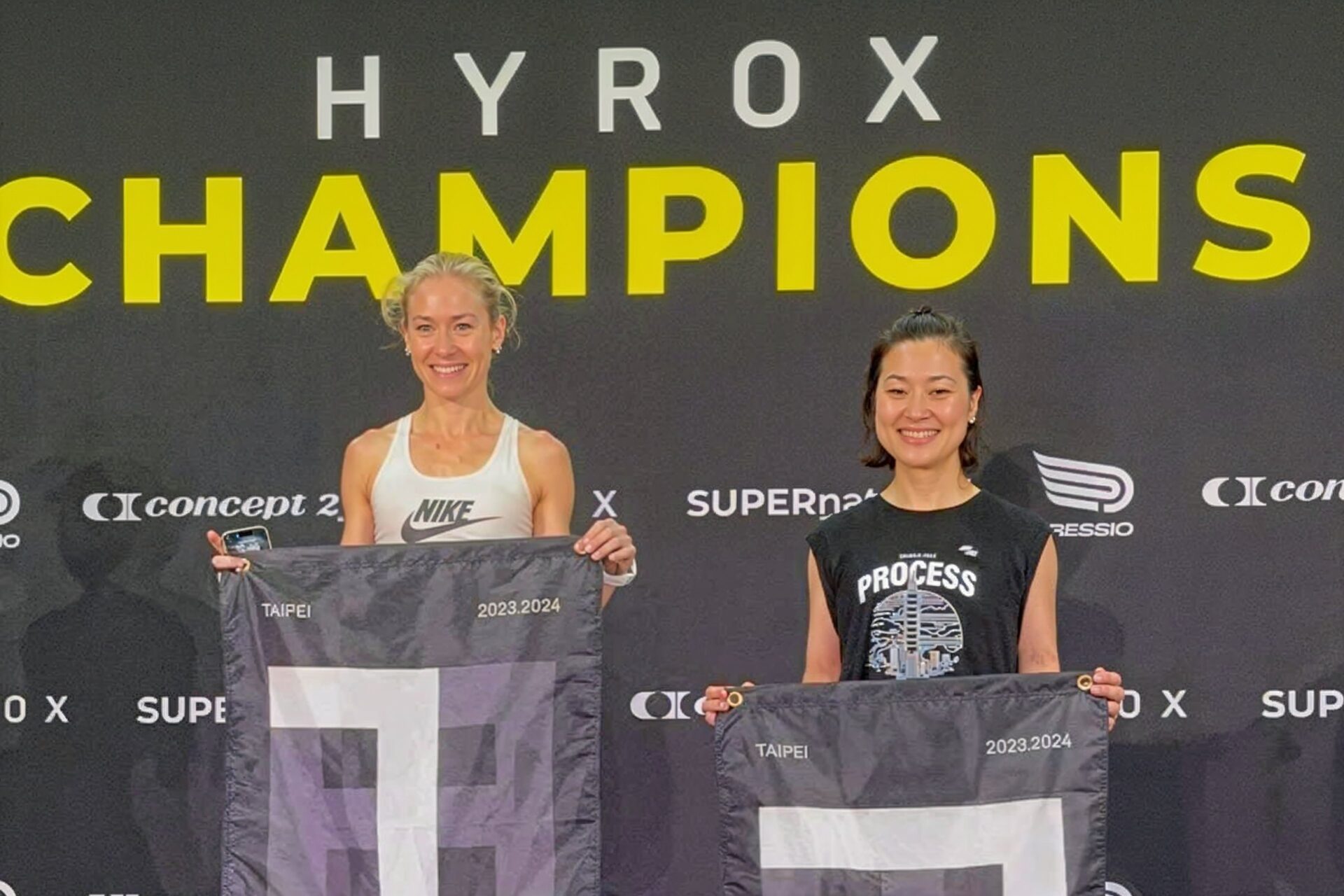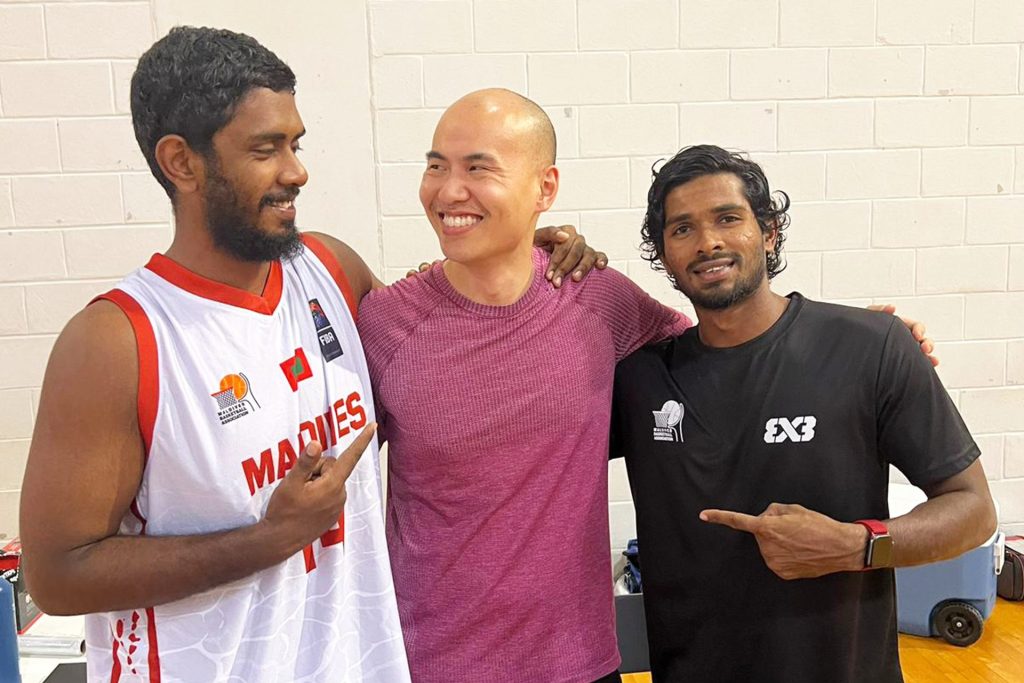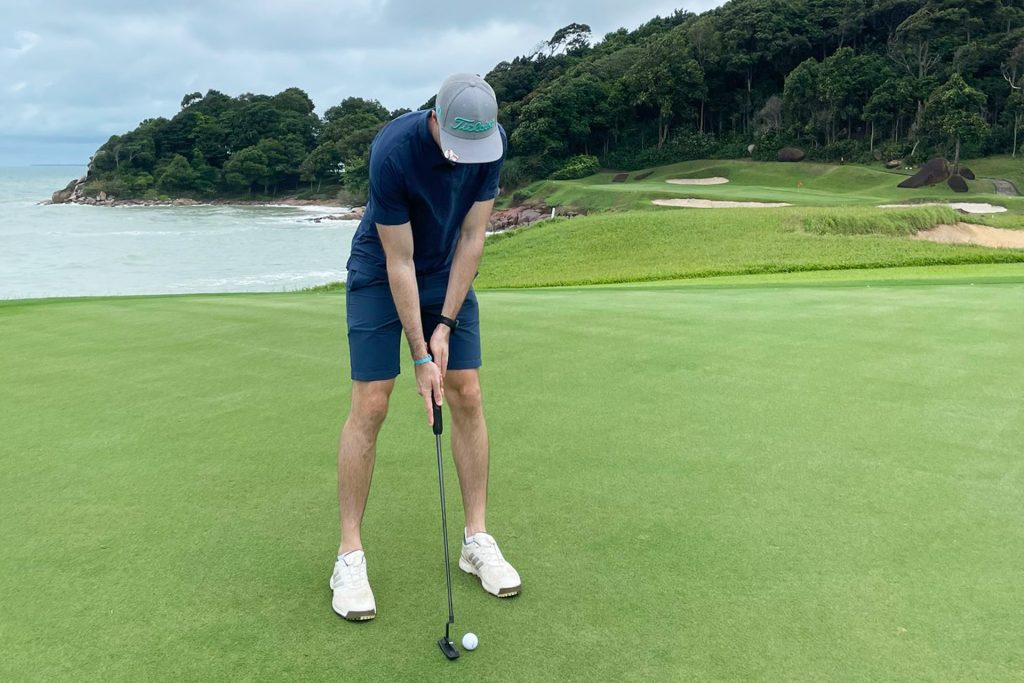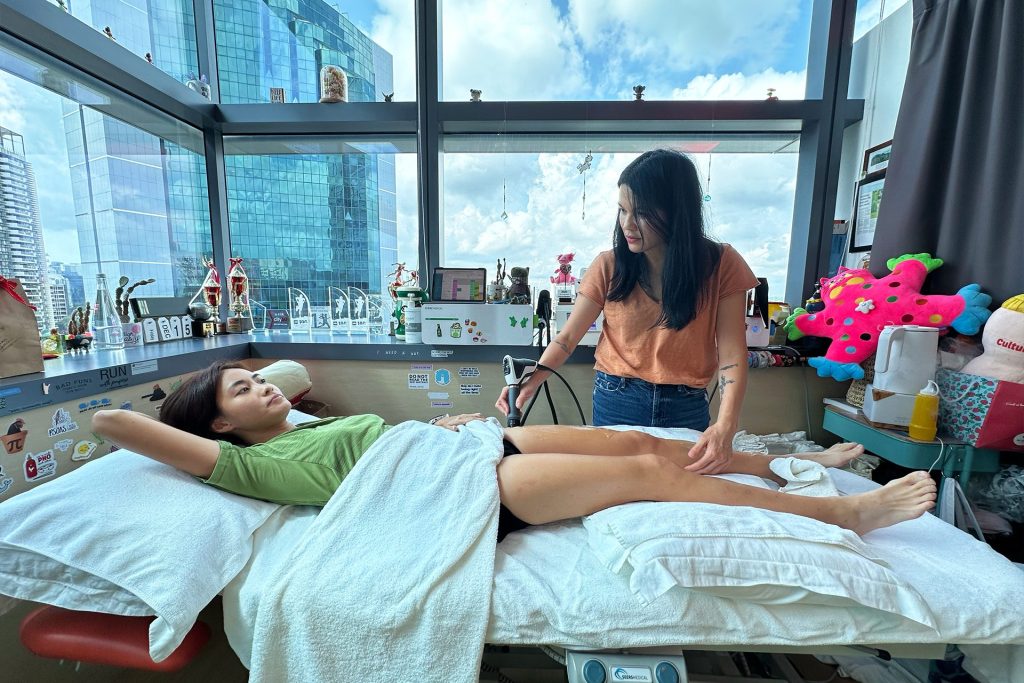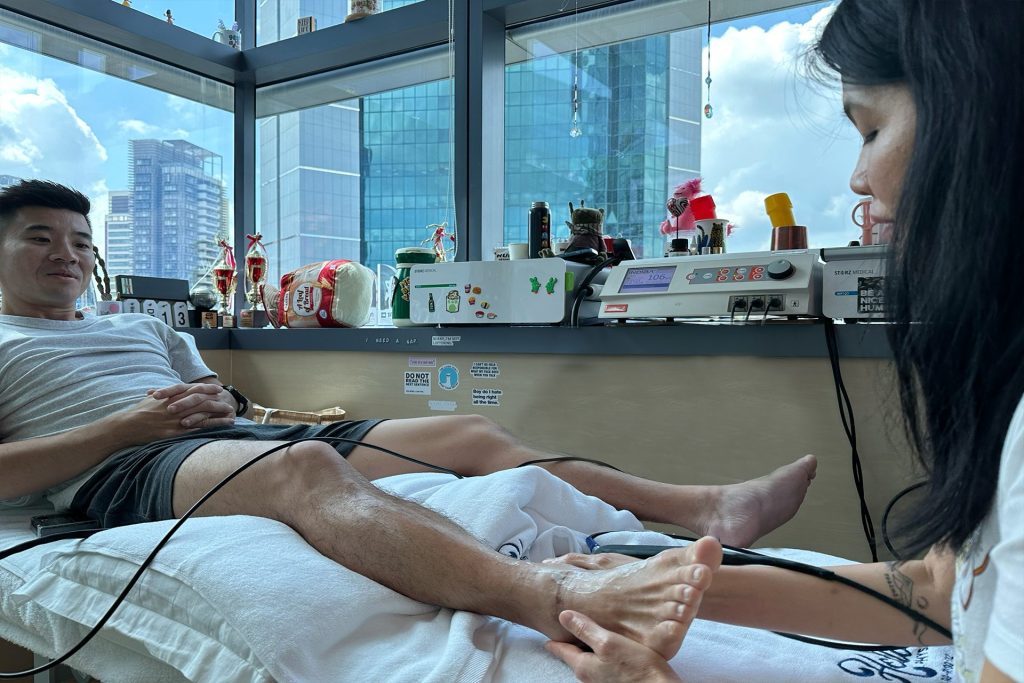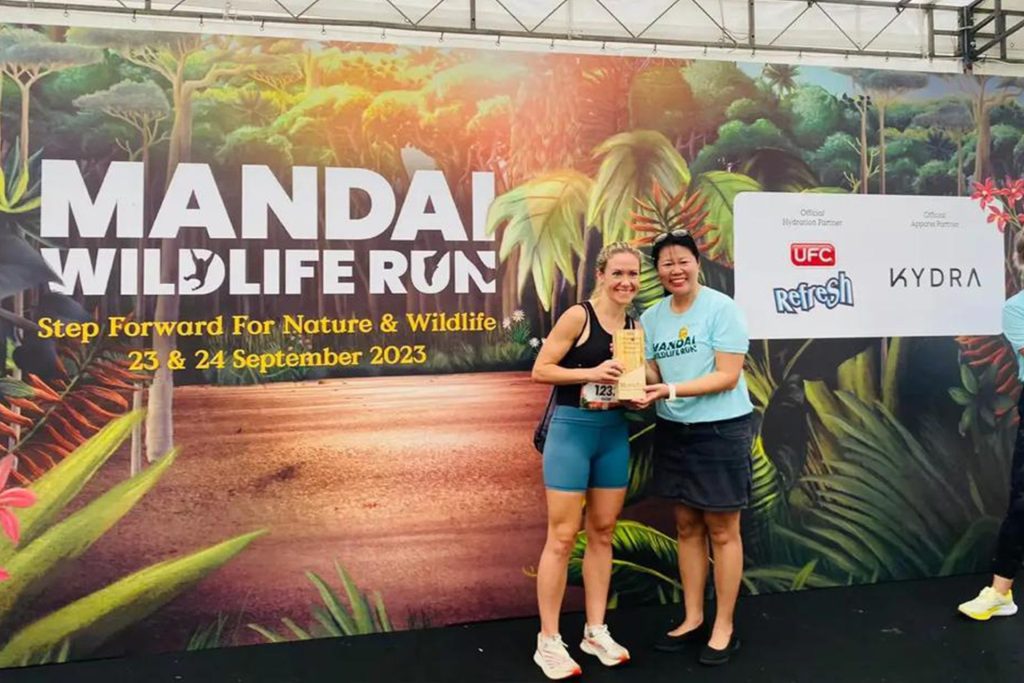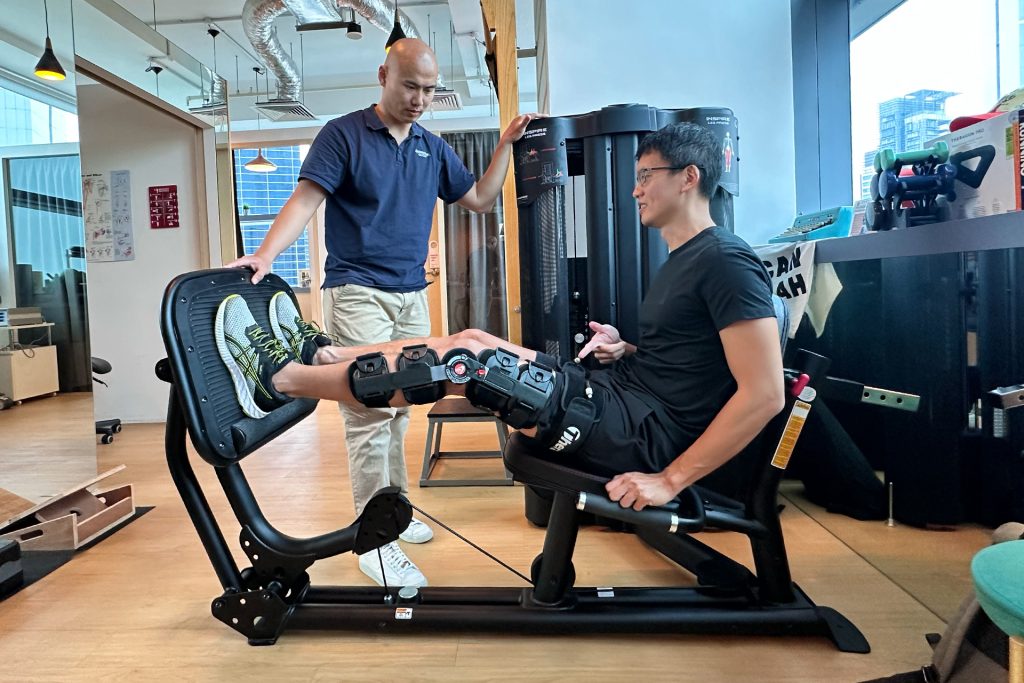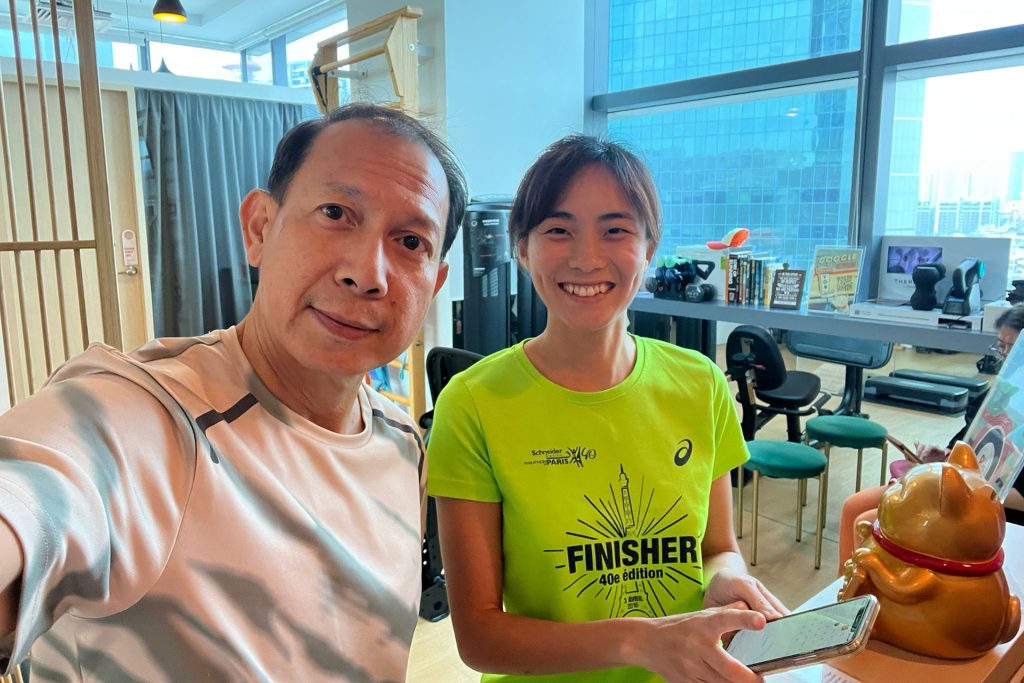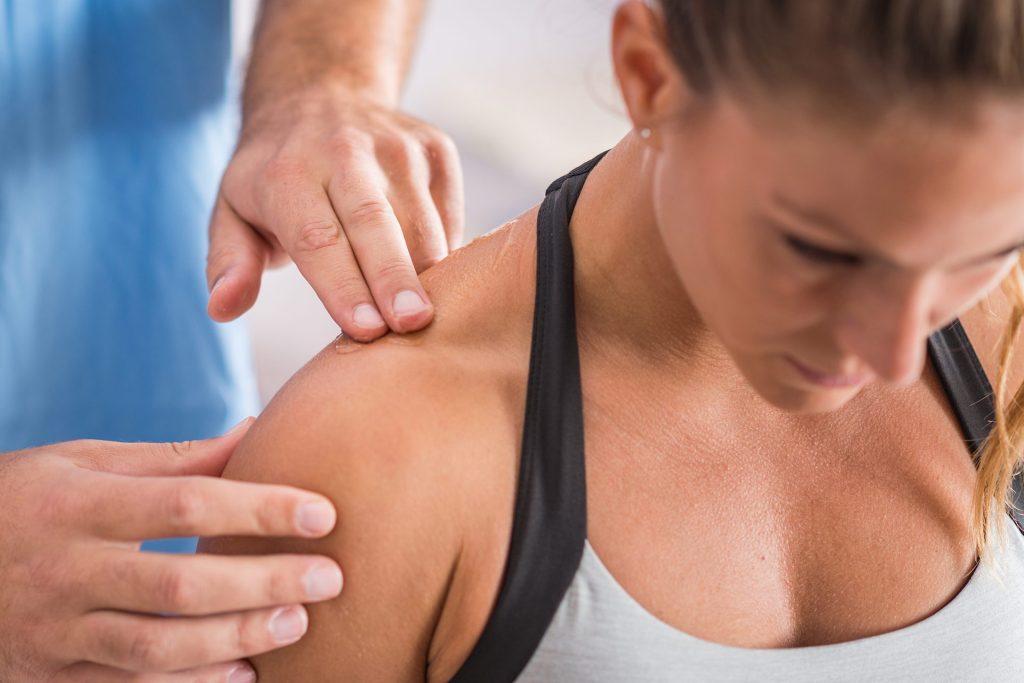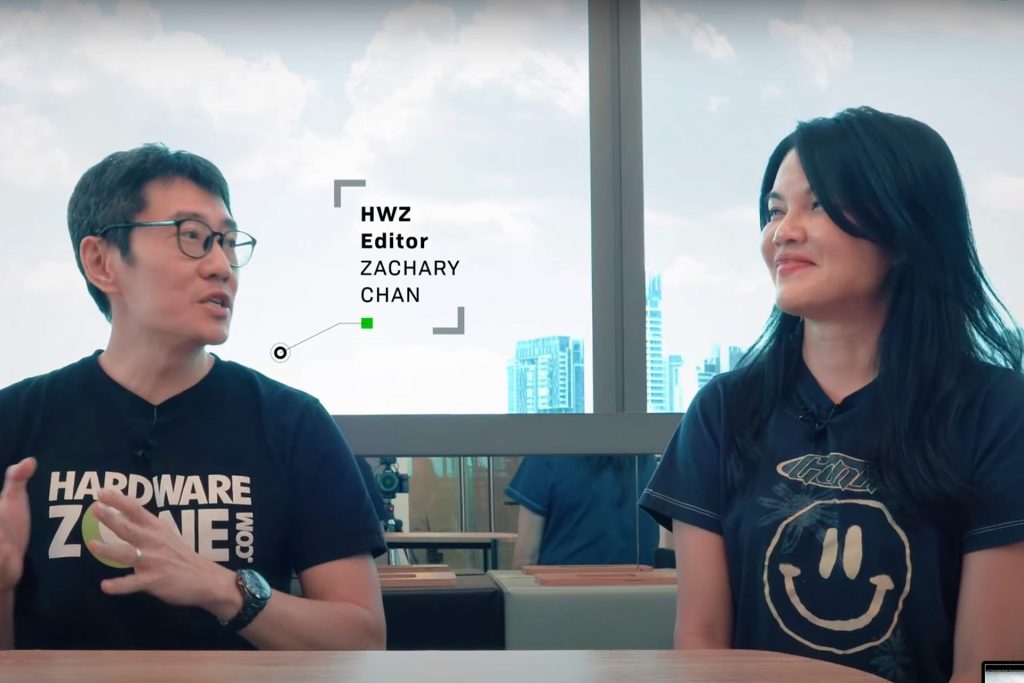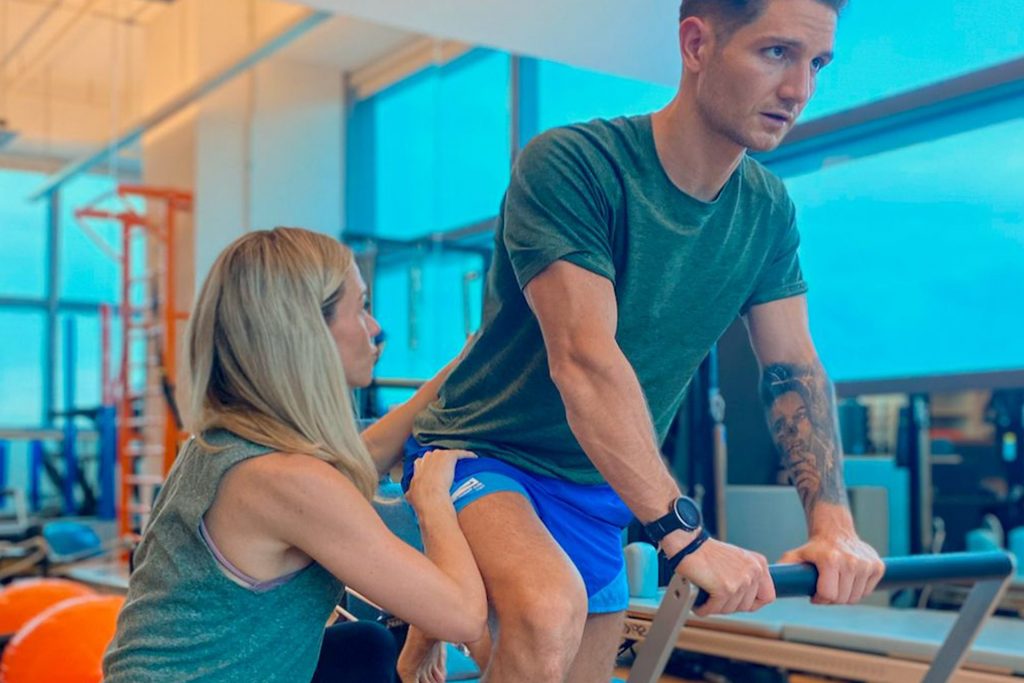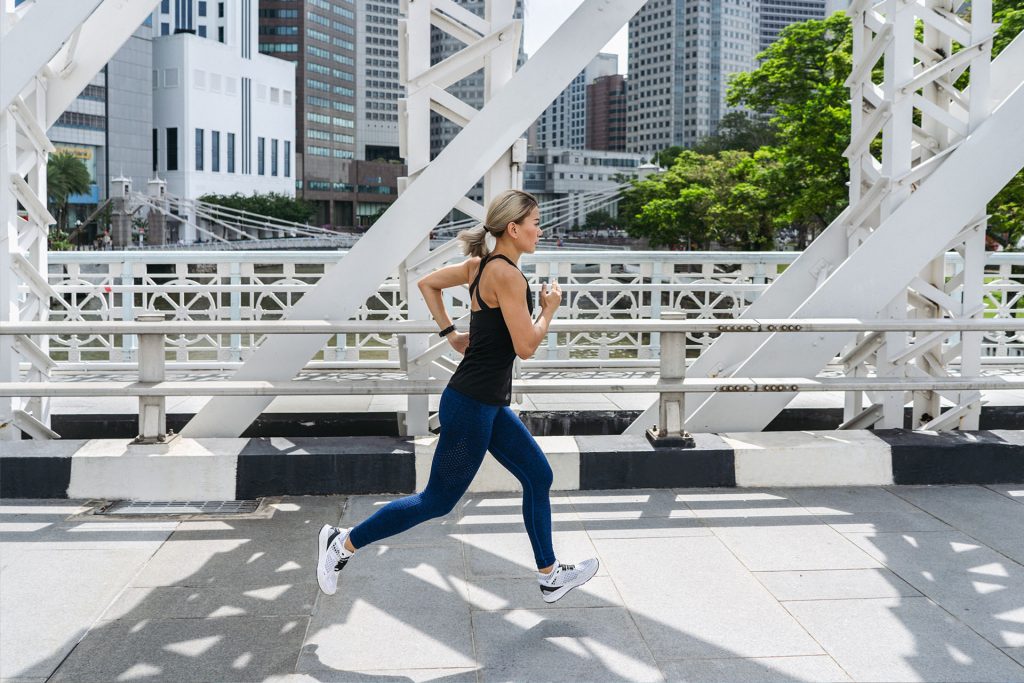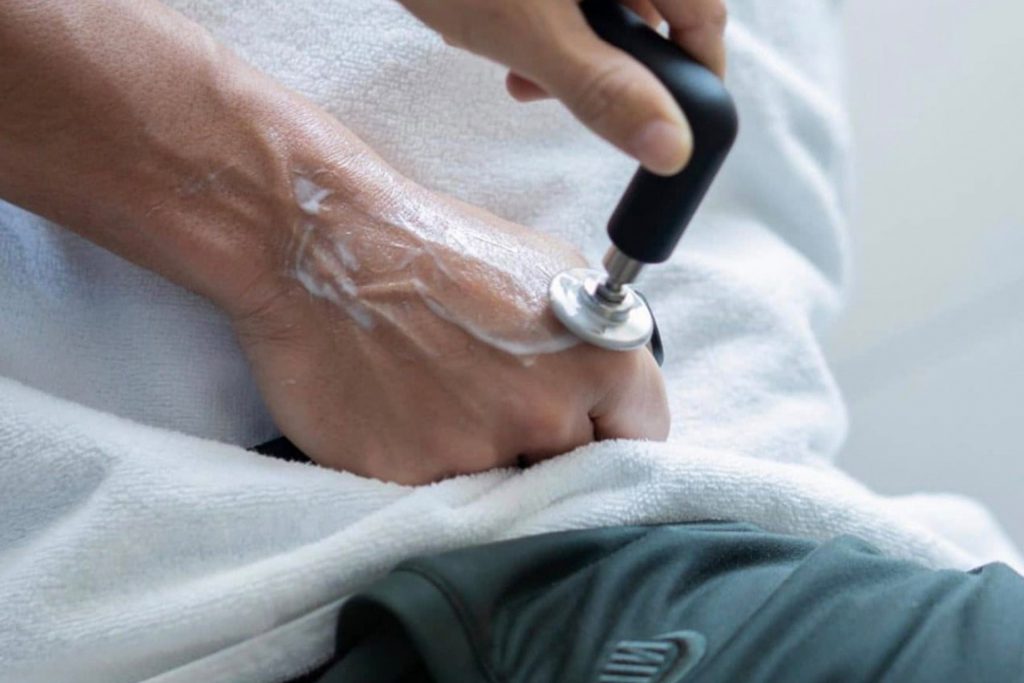As you step gingerly out of bed, an unexpected pain comes with each foot movement. If this sounds like you, you might have plantar fasciitis. It’s a term that might not roll off the tongue, but it’s an unwanted companion for those who’ve experienced it. In the quiet of the morning, you’re caught in an unwelcome struggle between the desire to start the day energetically and the piercing heel pain that holds you back.
Plantar fasciitis is a common affliction of the foot, for people across different walks of life. However, just because anyone can develop plantar fasciitis doesn’t mean it is likely for all people. For example, the risks of plantar fasciitis are higher for women, people over 40, or individuals who have to stand for extended periods because of their occupation or other reasons. As you might expect, it’s common in runners who spend so much time on their feet. Those aren’t the only factors: obesity, inadequate footwear, and abnormal foot mechanics all contribute to the condition’s widespread prevalence.
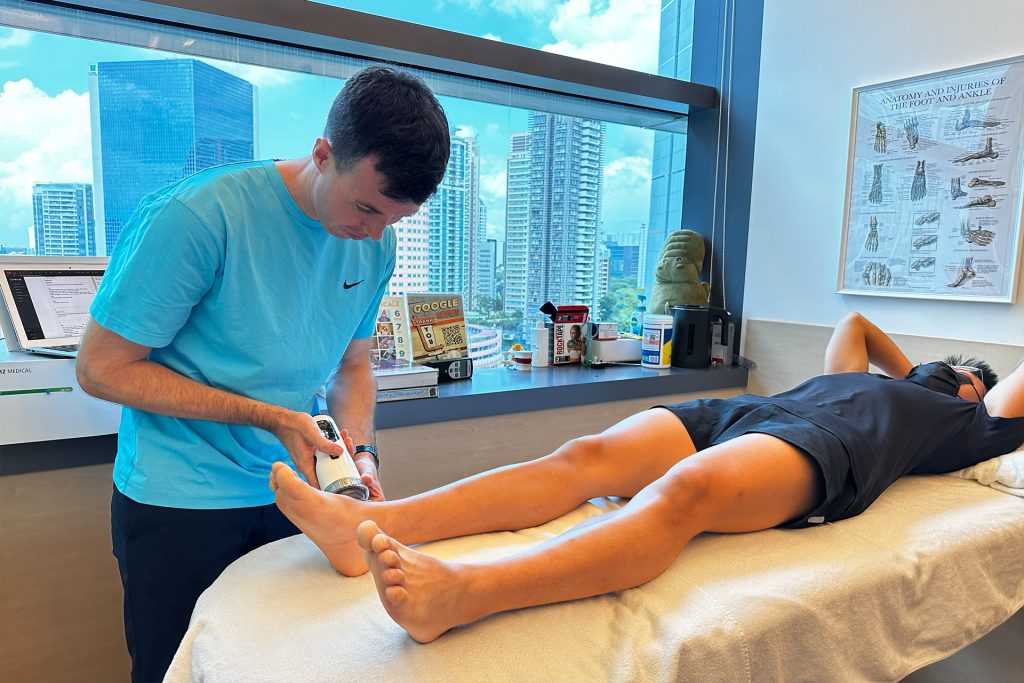
The good news is that plenty of effective plantar fasciitis treatments are available. The most reliable methods combine several techniques simultaneously, such as traditional physiotherapy and adjunctive technologies such as Shockwave Therapy and INDIBA® Activ. The right physiotherapist can offer your treatment for plantar fasciitis foot pain, helping you start your day right again.
What Is Plantar Fasciitis?
Before we discuss plantar fasciitis treatment options, it’s important to understand the condition’s biomechanics so you can see how the best treatments address the underlying causes.
Imagine a band of tissue being pulled and stretched to its limit. When inflamed, it’s like a rubber band on the brink of snapping.
Every step requires the connective plantar fascia tissue to expand and contract, a repetitive action that occurs thousands of times daily. This constant motion, though seemingly innocuous, can, over time, lead to overload or strain on this fibrous band of tissue at the bottom of the foot.
The wear and tear might not manifest immediately. The continuous expansions and contractions can take weeks or even months to result in tiny microtears in the fascia. These weakened areas become more susceptible to inflammation, marking the onset of the pain associated with plantar fasciitis.
With this in mind, we can consider the best foot plantar fasciitis treatments and how they address the causes and symptoms.
Common Causes of Plantar Fasciitis Pain
The pain associated with plantar fasciitis stems from collagen degeneration at the medial calcaneal tubercle, the portion of the bone closest to the heel. It is not the same as pain from the presence of inflammatory cells, as seen in acute tendinopathies. This degeneration is caused by overload, strain and repetitive impacts that lead to microtears in the tissue.
As the tears become more frequent and inflammation intensifies, heel pain may become chronically unbearable and turn into a more serious injury if left untreated.
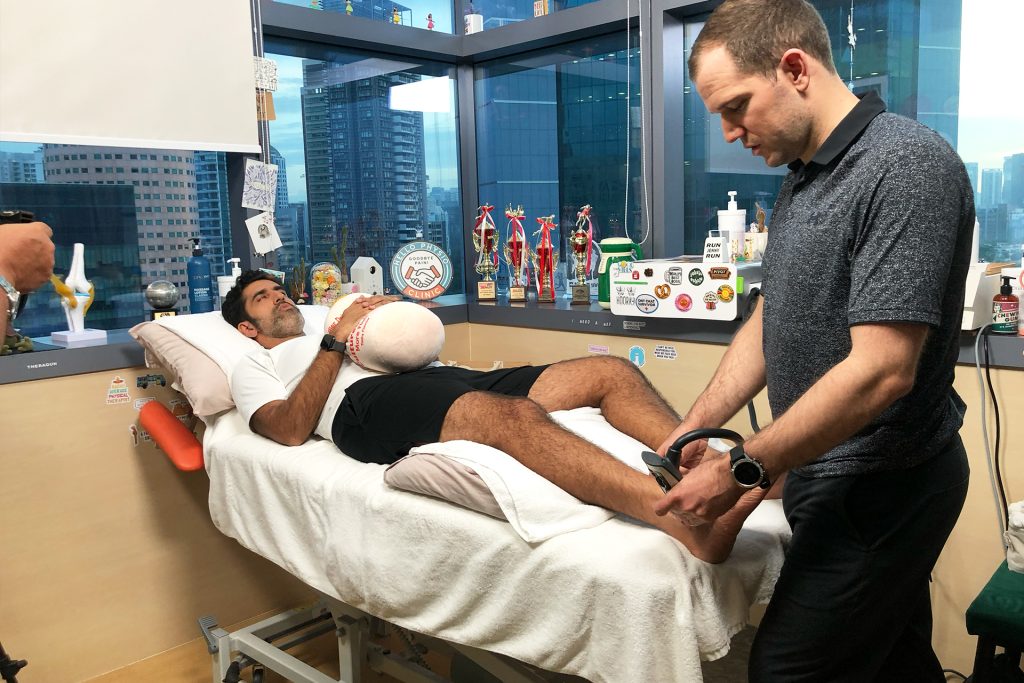
Here are some common conditions that can arise from chronic plantar fasciitis if left unattended to:
- Overpronation: When the heel’s outer edge first makes contact with the ground, and the foot rolls inward, flattening the arch in your feet. This creates strain on the muscles and tissues.
- Stress on the ligament: If the calf muscles are too tight and fail to support the foot.
- Obesity or sudden weight gain: For example, pregnancy can lead to heel pain from the weight the body has to compensate for carrying.
- Prolonged standing: When you bear weight on hard surfaces for most of the day.
- Repeated impact: Sports such as running can cause microtears in the heel.
Regardless of the cause, most instances of plantar fasciitis manifest in that first step of the day. Each morning, or after a long rest, that first step becomes a painful reminder of the battle raging beneath the surface. Finding the right plantar fasciitis treatment in Singapore can help you take back your mornings.
What Is the Best Treatment for Plantar Fasciitis
Plantar fasciitis can be effectively managed with the right treatments. Advanced therapies like Shockwave Therapy and INDIBA® Activ, combined with plantar fasciitis physical therapy treatments such as traditional mobilization and muscle activation techniques, provide scientifically proven and personalized solutions. These approaches deliver immediate pain relief and support long-term foot health.
Whether you’re just starting your treatment journey, looking into plantar fasciitis treatment costs, or exploring alternatives after conventional approaches haven’t worked, HelloPhysio is here to guide you with cutting-edge solutions designed for lasting relief and healing. For persistent plantar fasciitis pain, some of the most effective treatments include:

- Shockwave Therapy: Dealing with plantar fasciitis can be tough, but treatments like Shockwave Therapy offer hope. The therapy uses targeted acoustic waves to increase the heel’s blood flow and cellular activity, promoting faster healing. It also helps break down hardened tissue and boost collagen production, contributing to the foot’s long-term health.
- INDIBA® Activ: This innovative treatment uses a specific radiofrequency to encourage ionic exchange at the cellular level, which is essential for tissue repair. INDIBA® Activ increases tissue temperature to boost blood flow and cell activity, aiming to address the root causes of plantar fasciitis by promoting cellular health and reducing inflammation and pain.
At-Home Plantar Fasciitis Treatment Options
With the right approach, you can take confident steps toward pain-free living. Some of the things you can do at home include:
1. Prioritize Proper Footwear
The right shoes are the foundation of plantar fasciitis relief. Choose footwear with cushioned heels, solid arch support, and slight heel elevation. Supportive shoes can help make painful steps more comfortable, protecting your feet with every stride.
2. Use Orthotic Devices
Supplement your footwear with orthotic inserts. Custom orthotics or over-the-counter options offer tailored support to reduce strain on your arches, ensuring stability and comfort with every step.
3. Night Splints for Overnight Relief
Night splints gently stretch your calf and arch while you sleep, reducing morning pain and stiffness. These simple devices work while you rest, helping your day’s first steps feel lighter and pain-free.
4. Incorporate Targeted Exercises
Strengthening your foot and leg muscles through specific exercises is key to recovery. Regularly stretching your calves and plantar fascia can help alleviate discomfort and prevent future flare-ups.
5. Lifestyle Adjustments
Simple changes, like avoiding walking barefoot or wearing unsupportive flip-flops, can make a big difference. Every choice – choosing cushioned shoes or limiting high-impact activities – helps reduce pain and protect your feet.
Prevention is just as important as treatment. Recognizing triggers, paying attention to early symptoms, and prioritizing supportive footwear and orthotics can help you avoid recurring pain and maintain a healthy, active lifestyle.
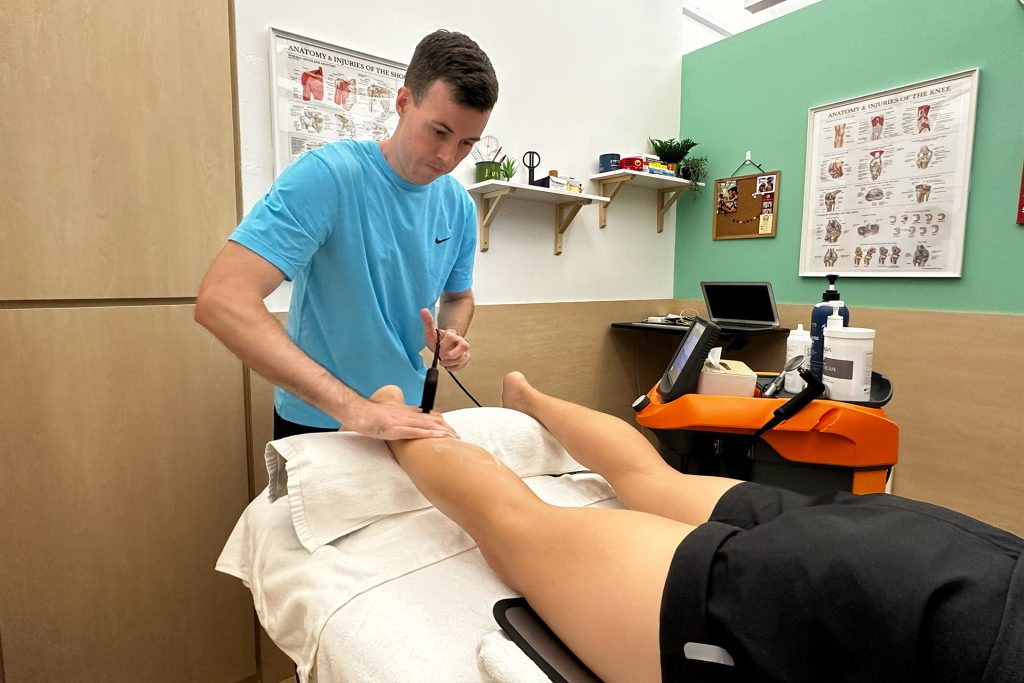
Relieve Plantar Fasciitis Pain Today
HelloPhysio’s clinic’s first step in treating plantar fasciitis is a personalized approach tailored to address the risk factors contributing to and worsening the condition.
Our expert physiotherapists thoroughly evaluate the patient’s lower extremities and biomechanical structure. This includes analyzing gait patterns, foot mechanics, muscle strength, flexibility, and the specific demands of sports activities or training routines. These insights help us offer customized plantar fasciitis treatments in Singapore, through customized plans and preventative strategies designed to alleviate pain, resolve underlying issues, and restore optimal foot health and functionality.
If heel pain affects your daily life, schedule a consultation for plantar fasciitis treatment at our private clinic in Singapore and take the first step toward pain-free movement.
Read related article:
Runner’s Guide to Safe Return to Sport after Injury
Physiotherapist’s Role in Relieving Plantar Fasciitis
Plantar fasciitis may be attributed to anatomical issues like overpronation or excessive tibial or femoral anteversion. In athletes, the most common cause is simply the overuse of the ligament through the increased weight-bearing activity from running, which causes trauma beyond our body’s capacity to heal from the degeneration of repetitive movements.
The physiotherapist’s first step is to personalize a plantar fasciitis treatment option to address the risk factors that may cause and exacerbate your plantar fasciitis. Our physiotherapists will thoroughly evaluate the patient’s lower extremity and biomechanical structure to pinpoint the root causes of plantar fasciitis. This involves assessing the patient’s gait, foot mechanics, muscle strength, flexibility, and specific sports activities and training conditions.
Read related article:
Discover the Meaning of Physiotherapy: A Catalyst of Healing and Wellness
From this comprehensive evaluation, tailored interventions and preventative strategies are developed to alleviate pain and address underlying issues, fostering optimal foot health and functionality.
If you’re suffering from foot and ankle pain, schedule an appointment for plantar fasciitis treatment in Singapore at our private clinic today.


